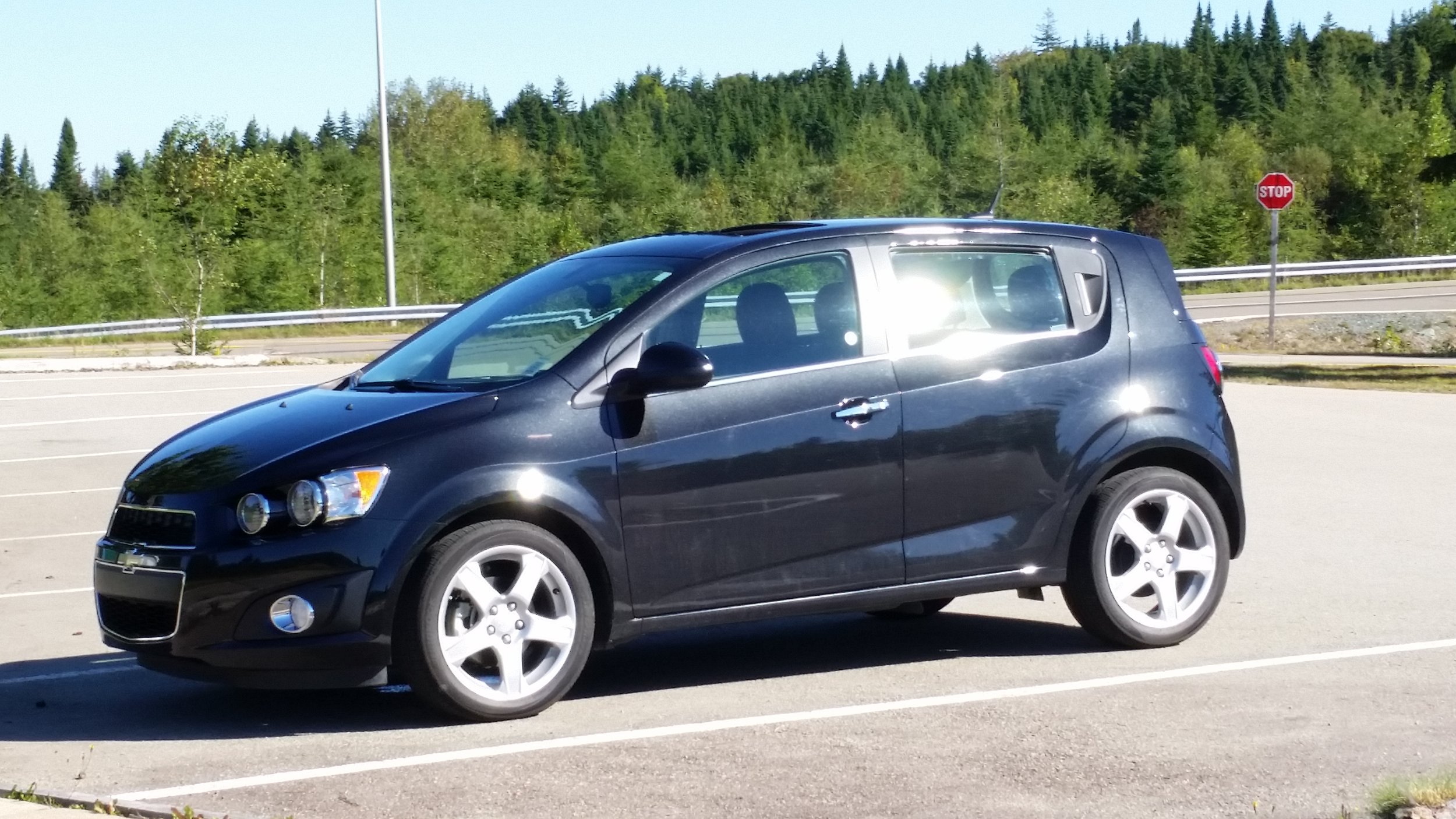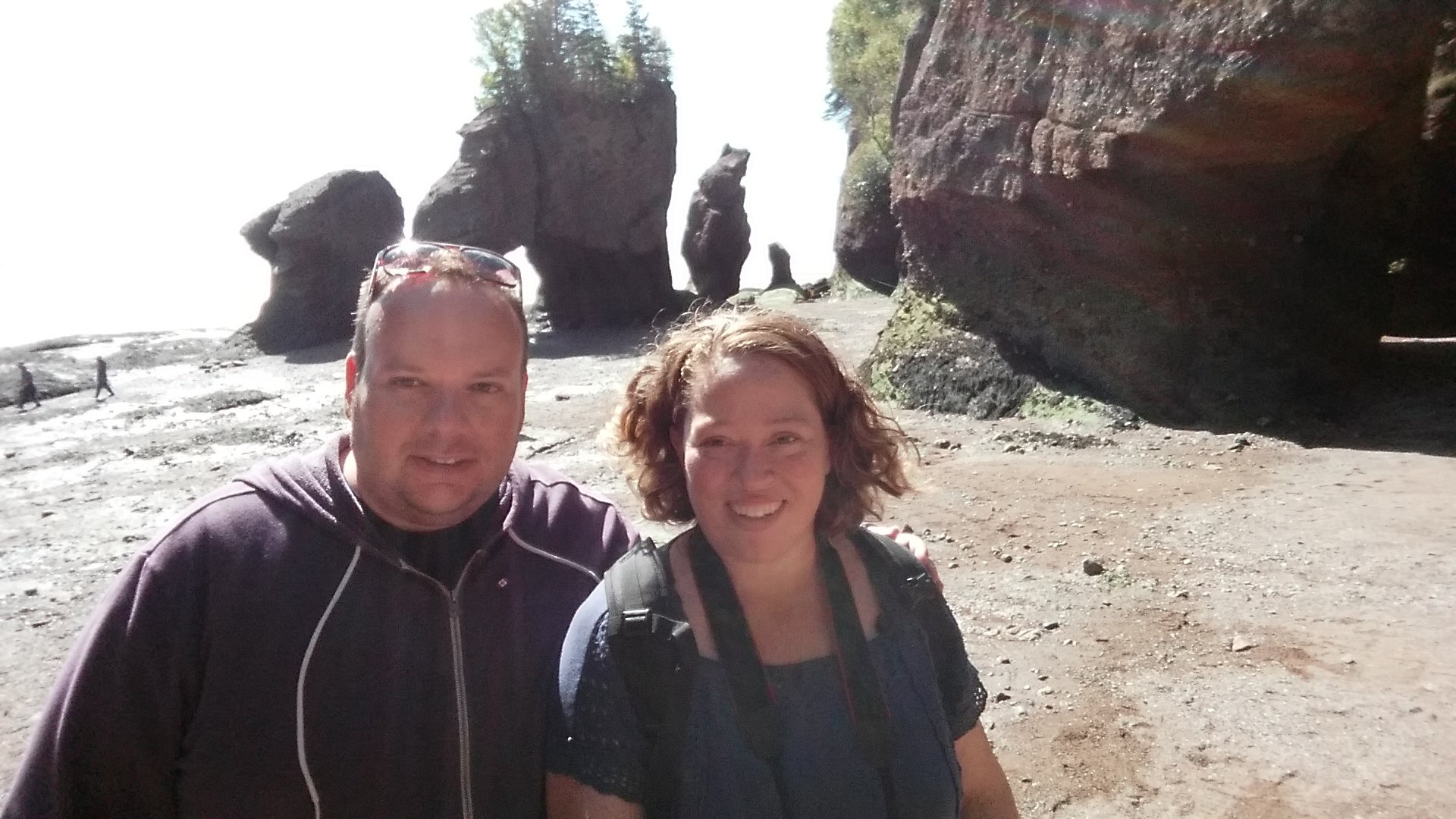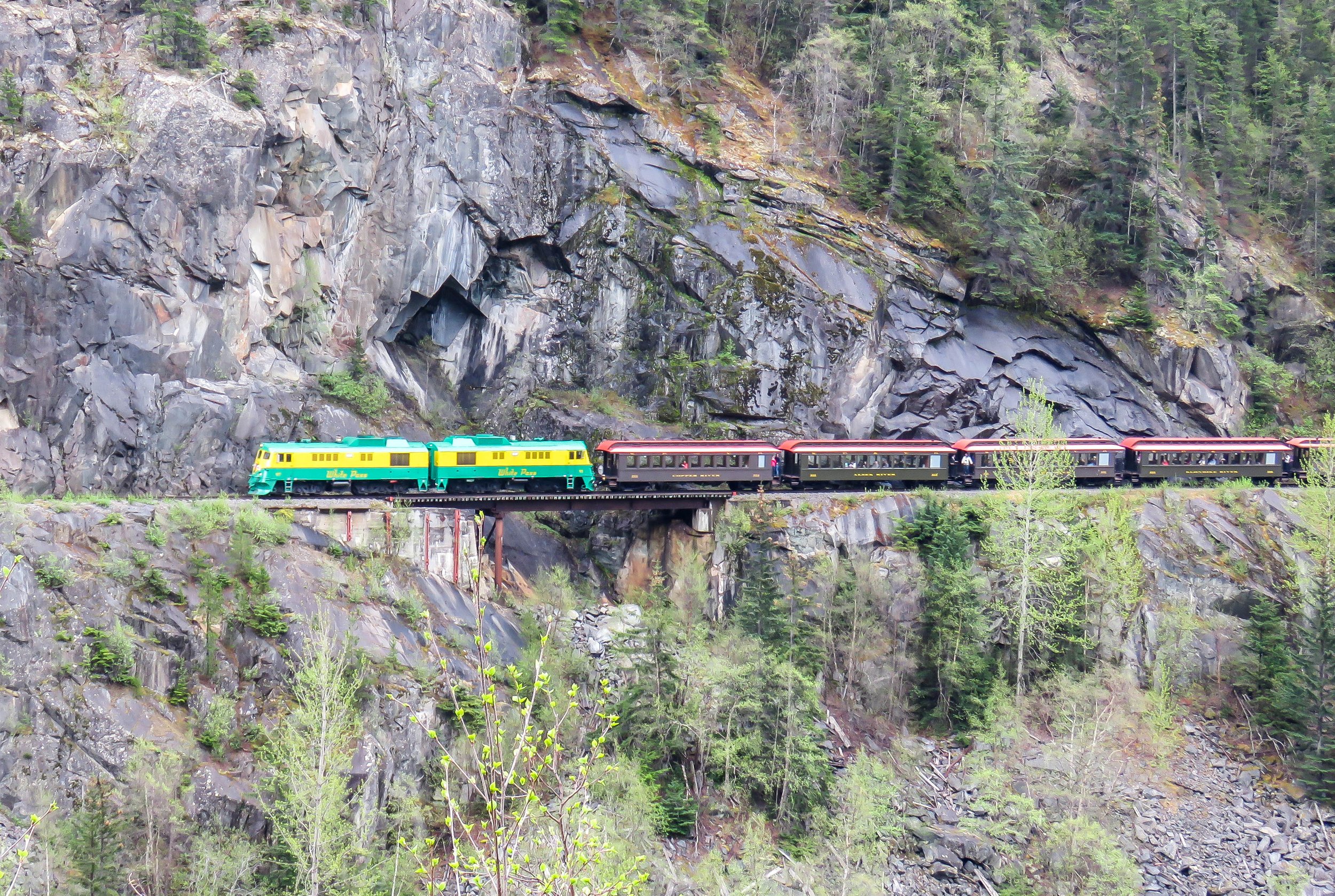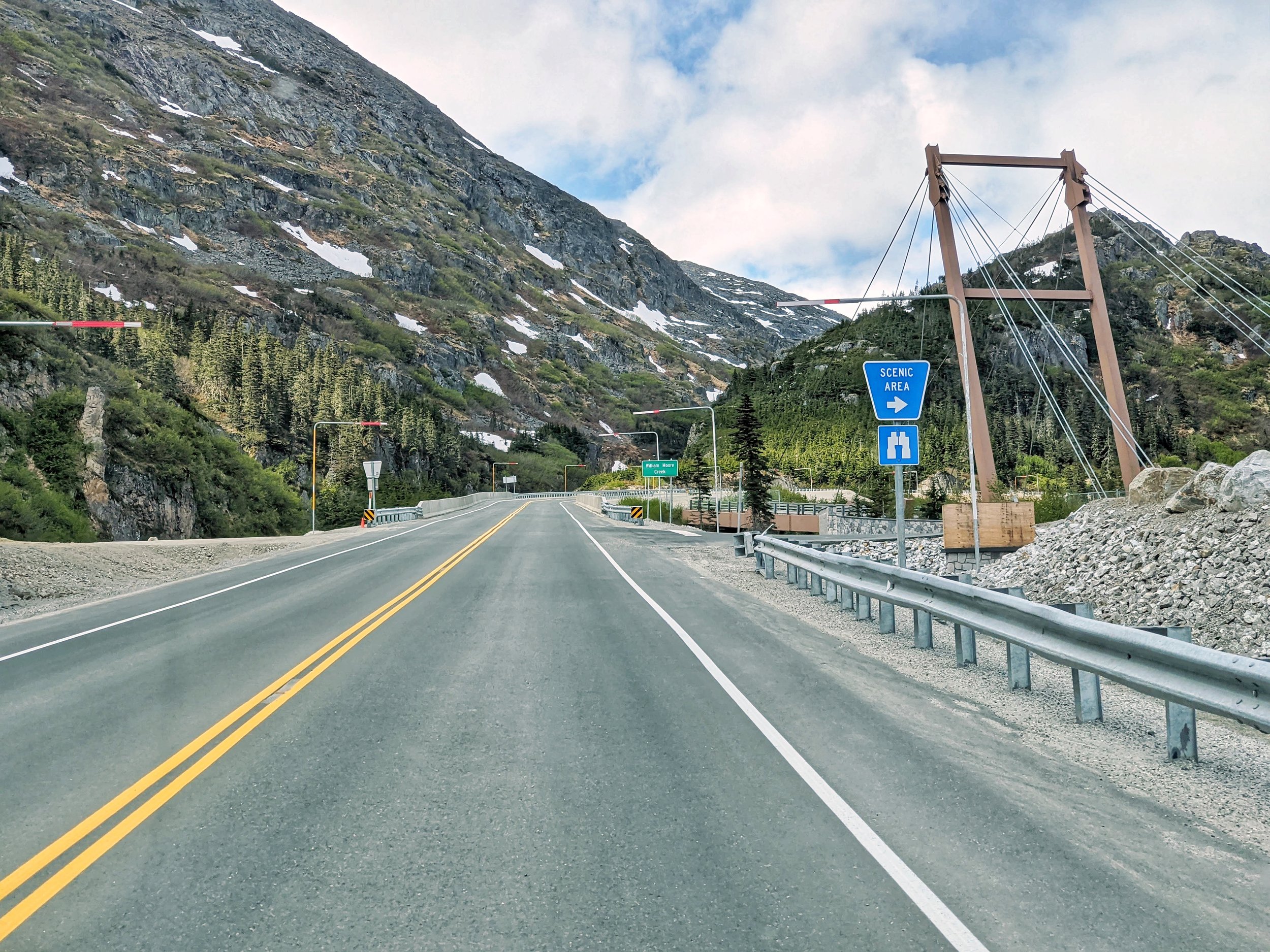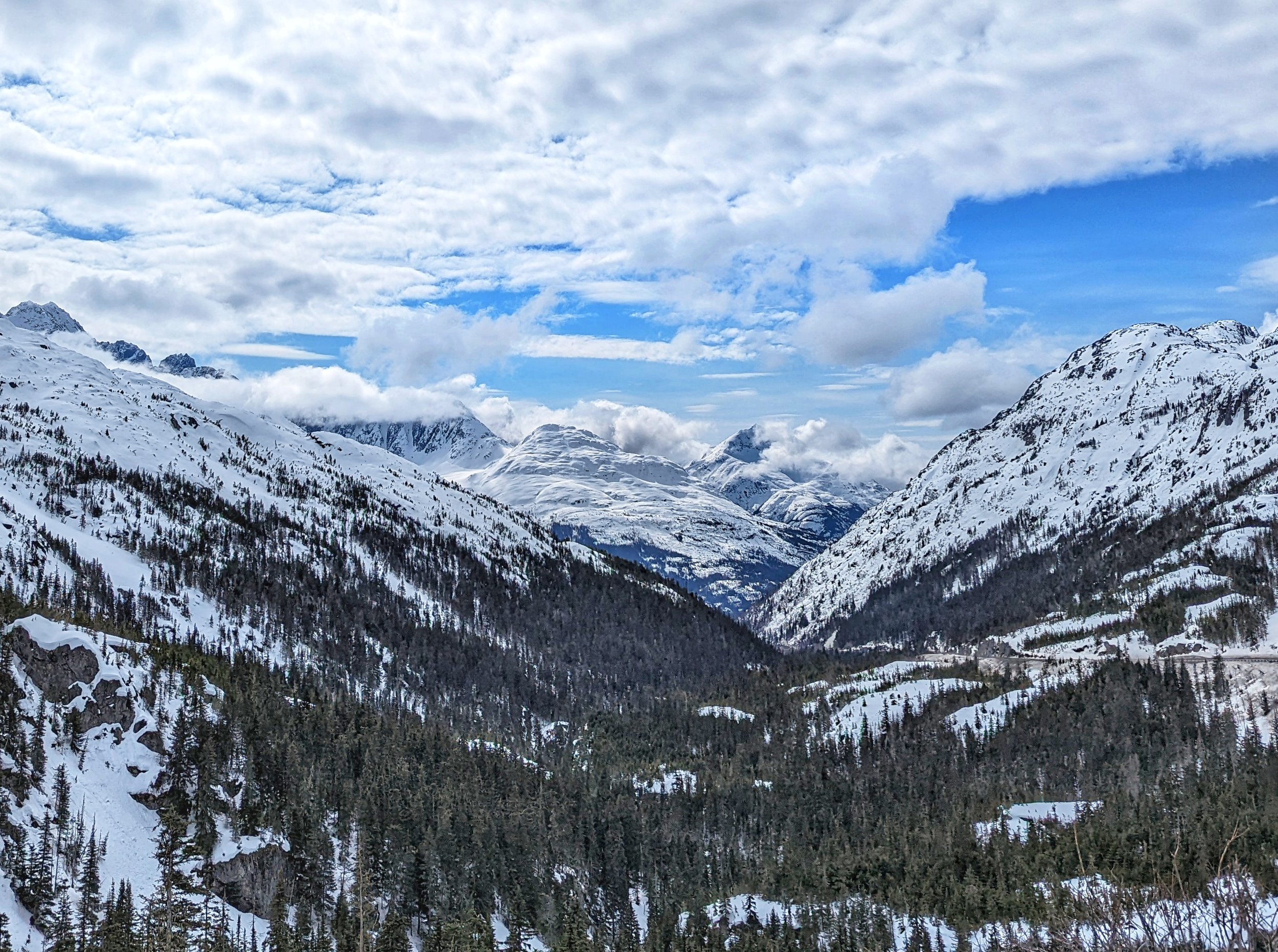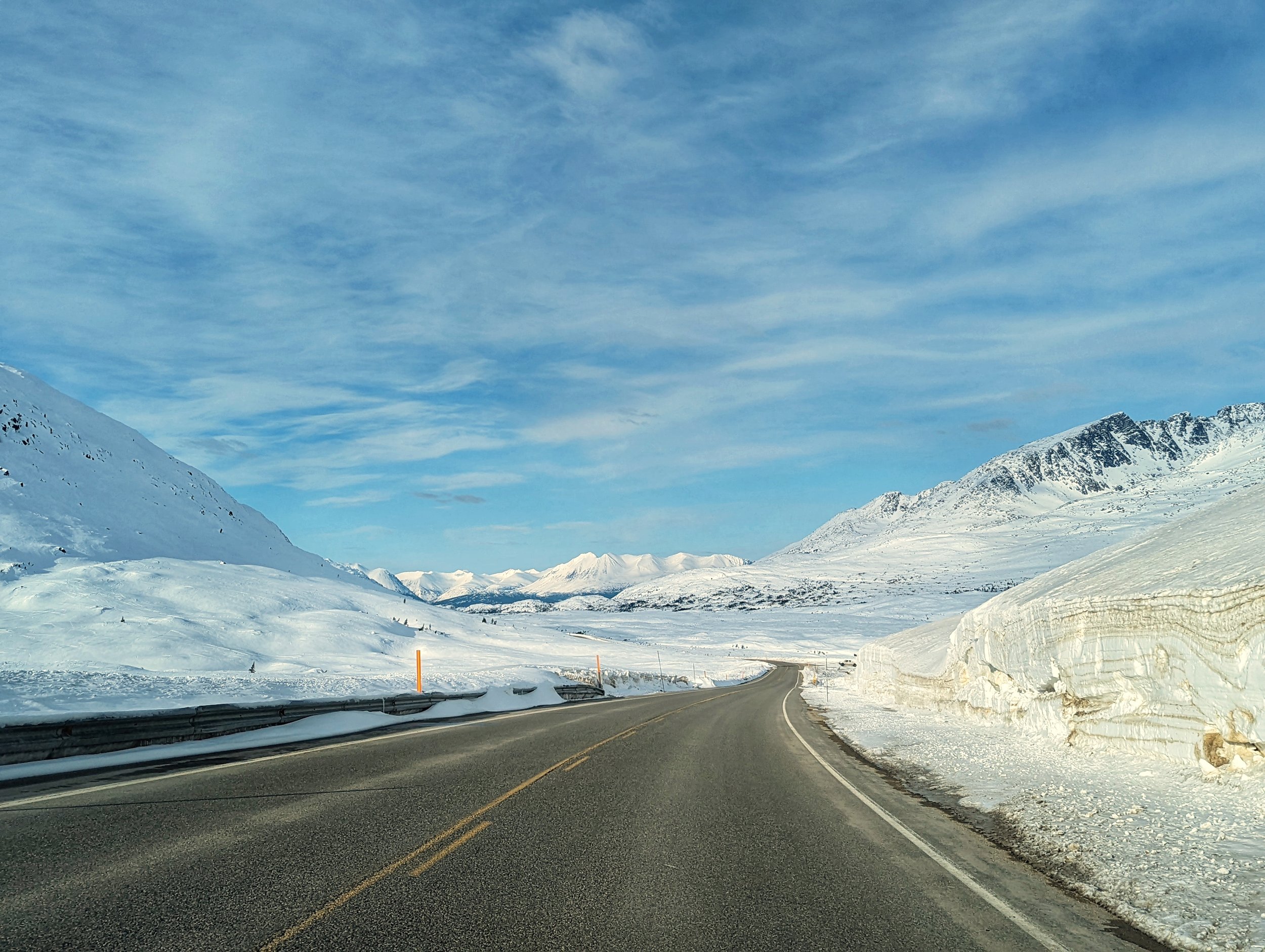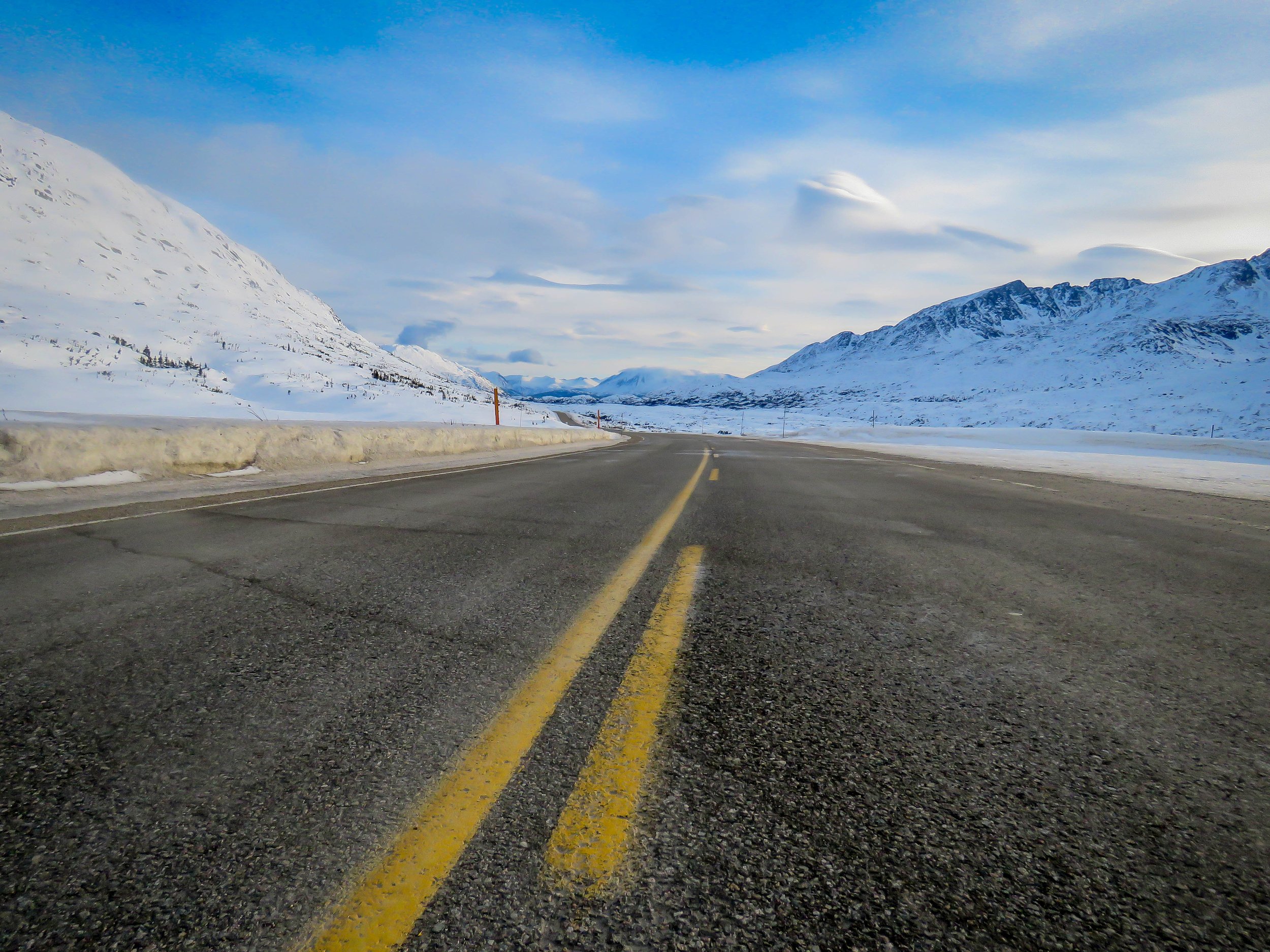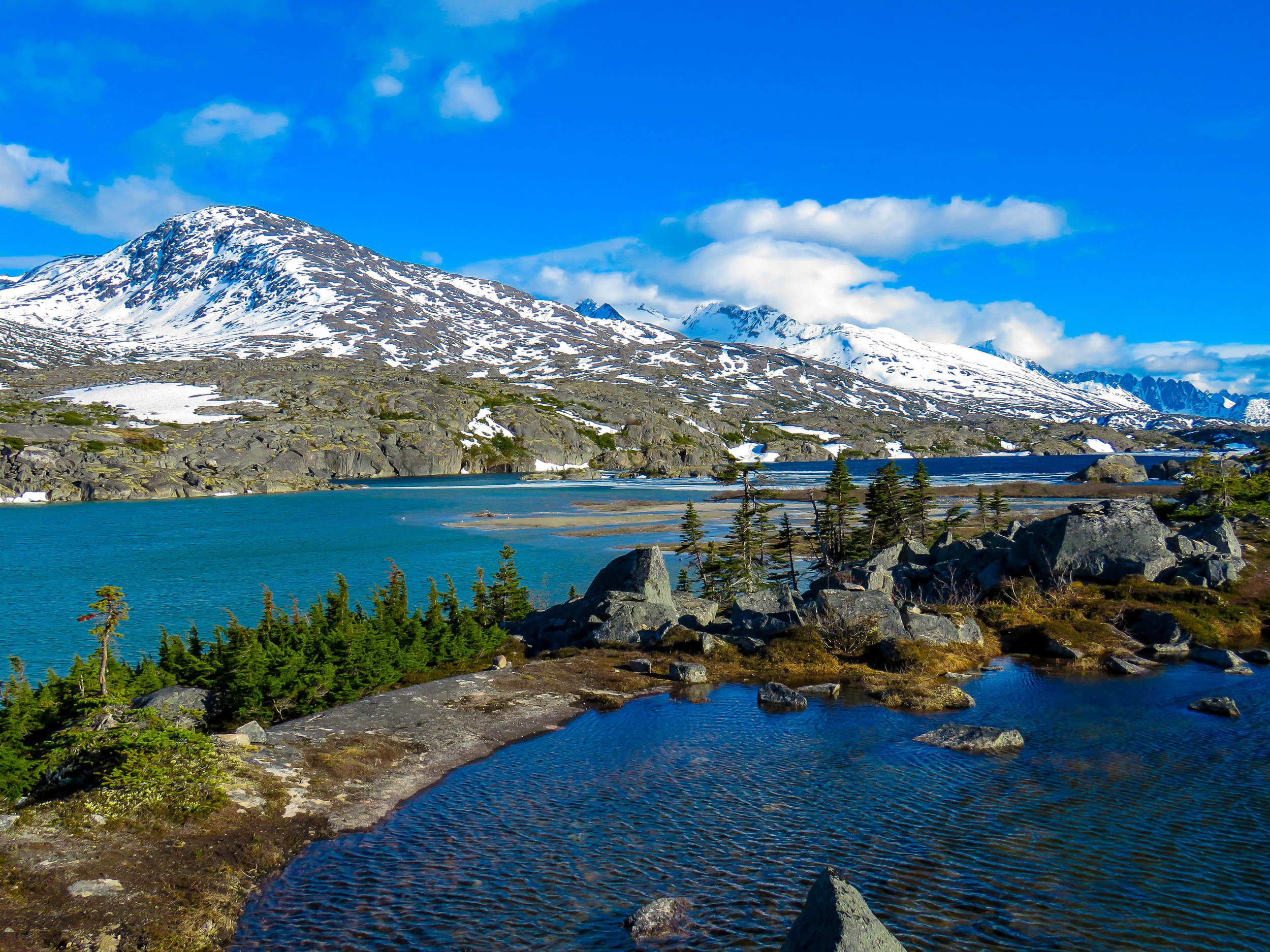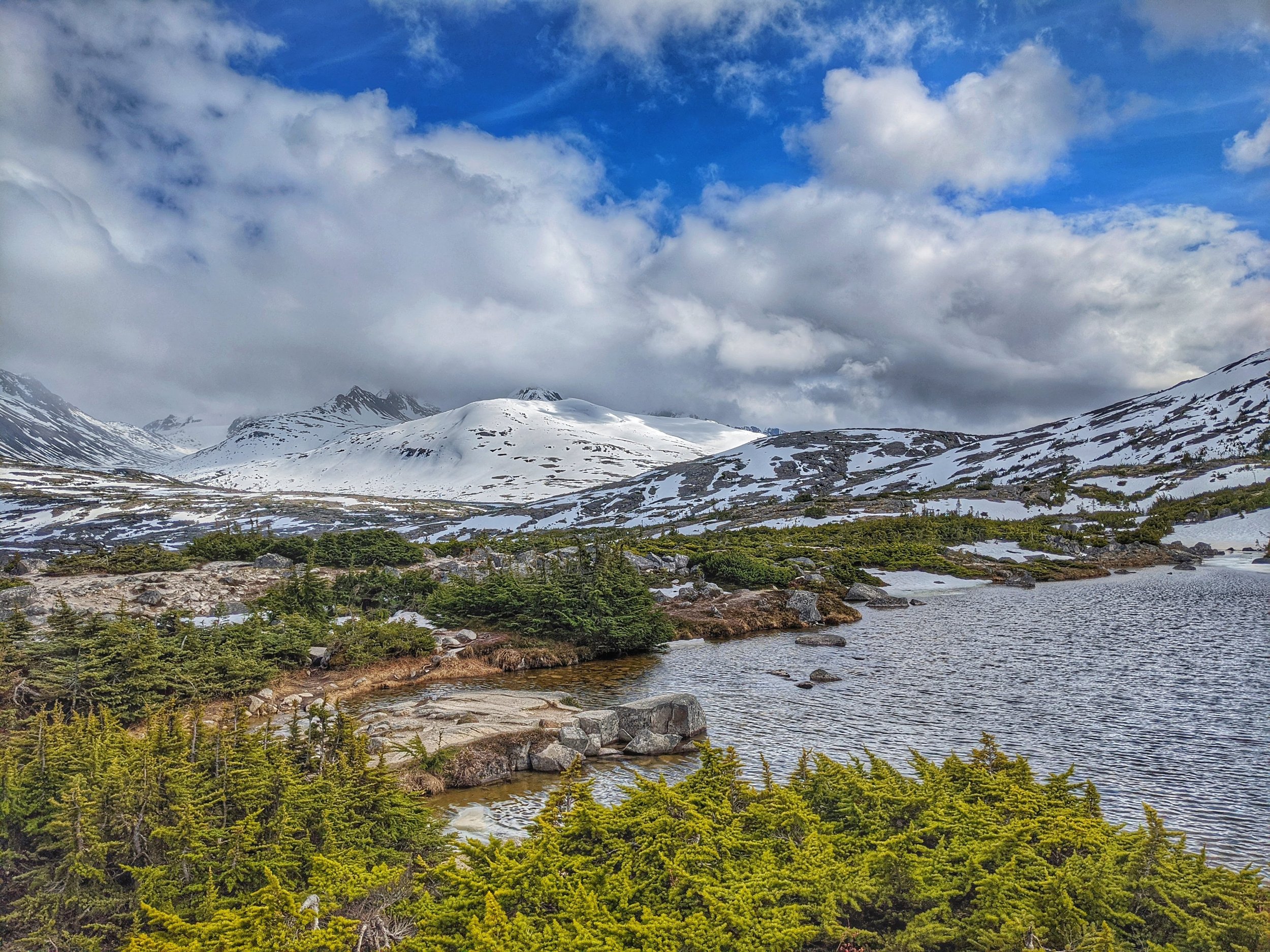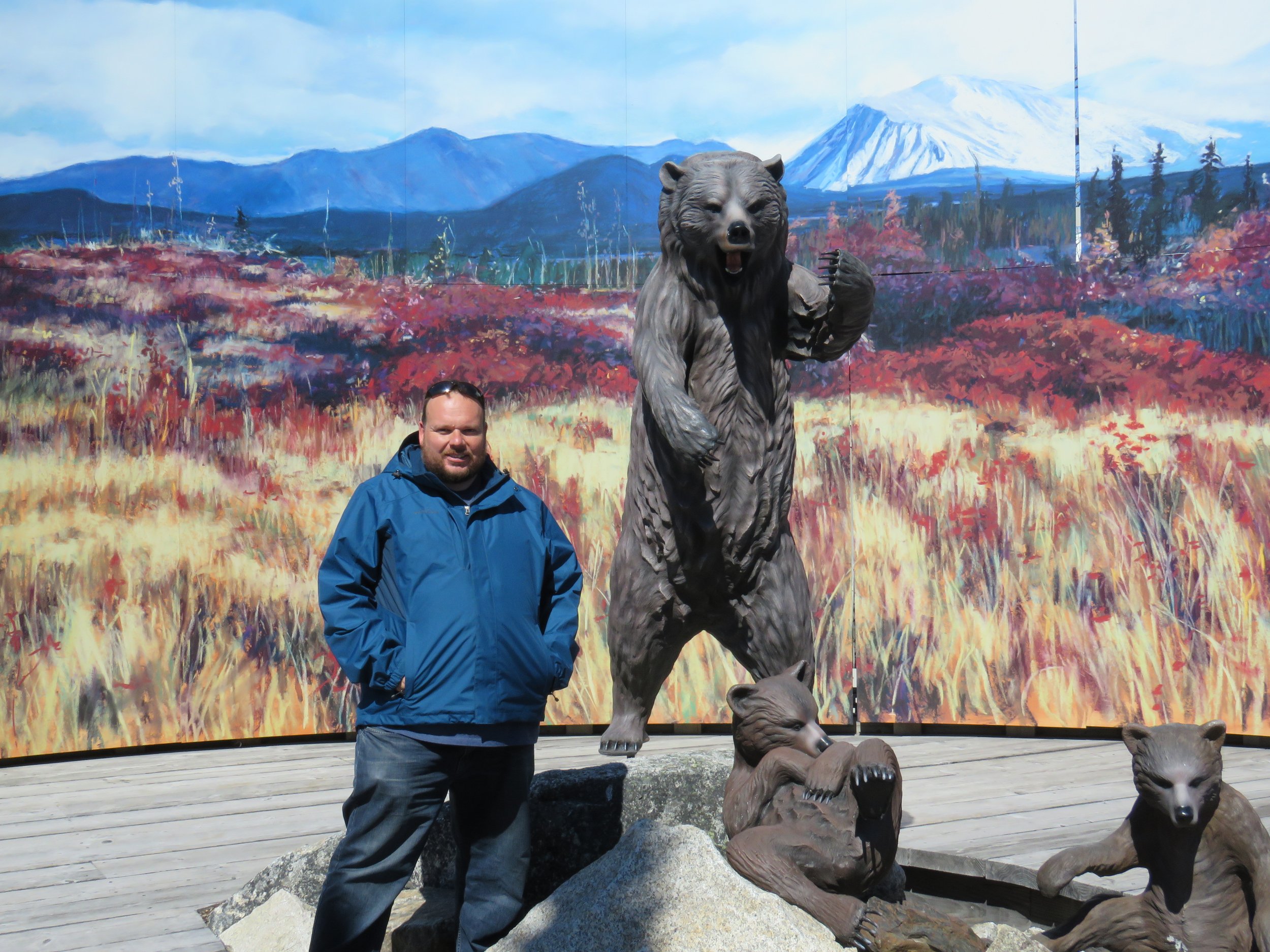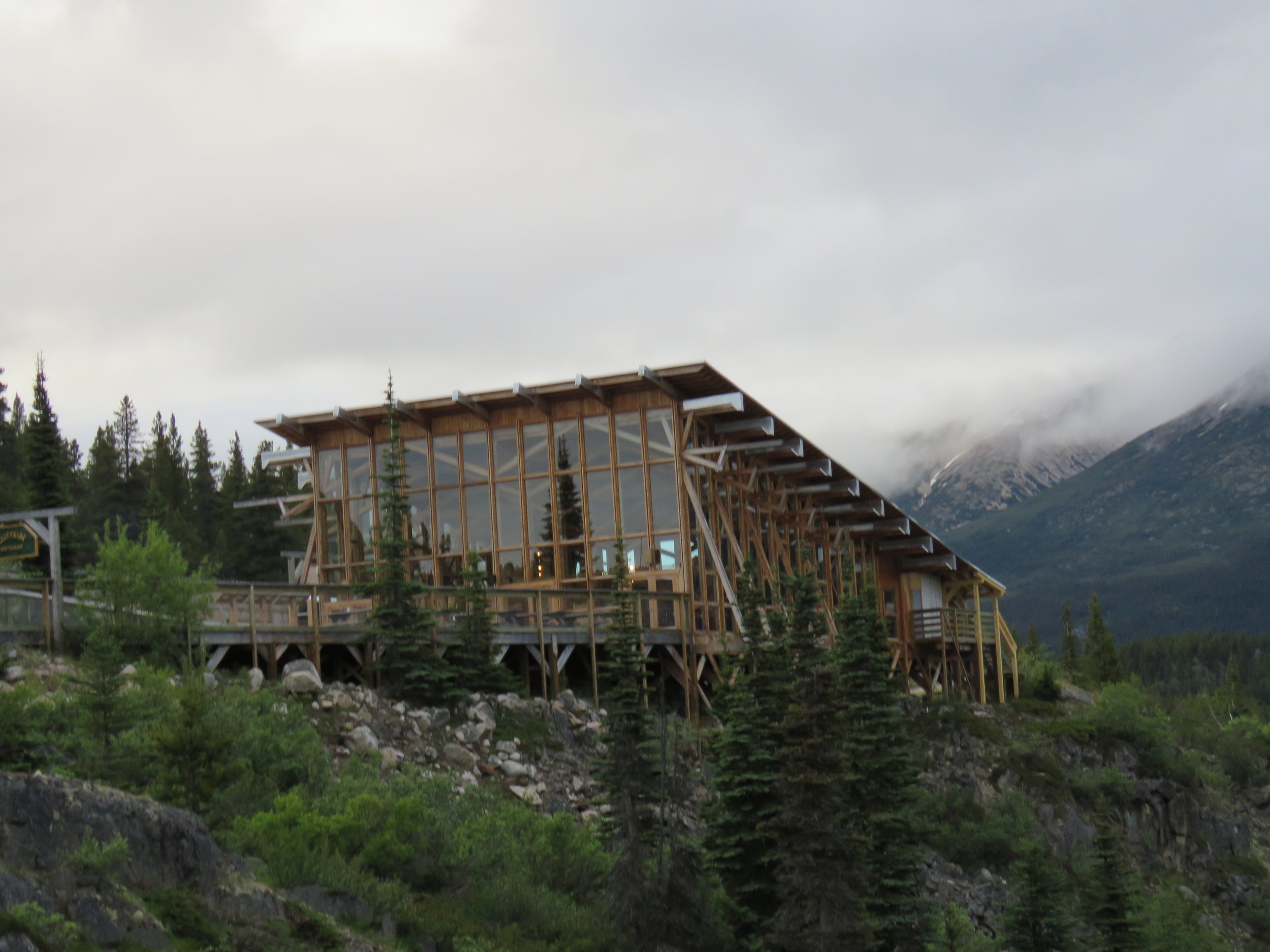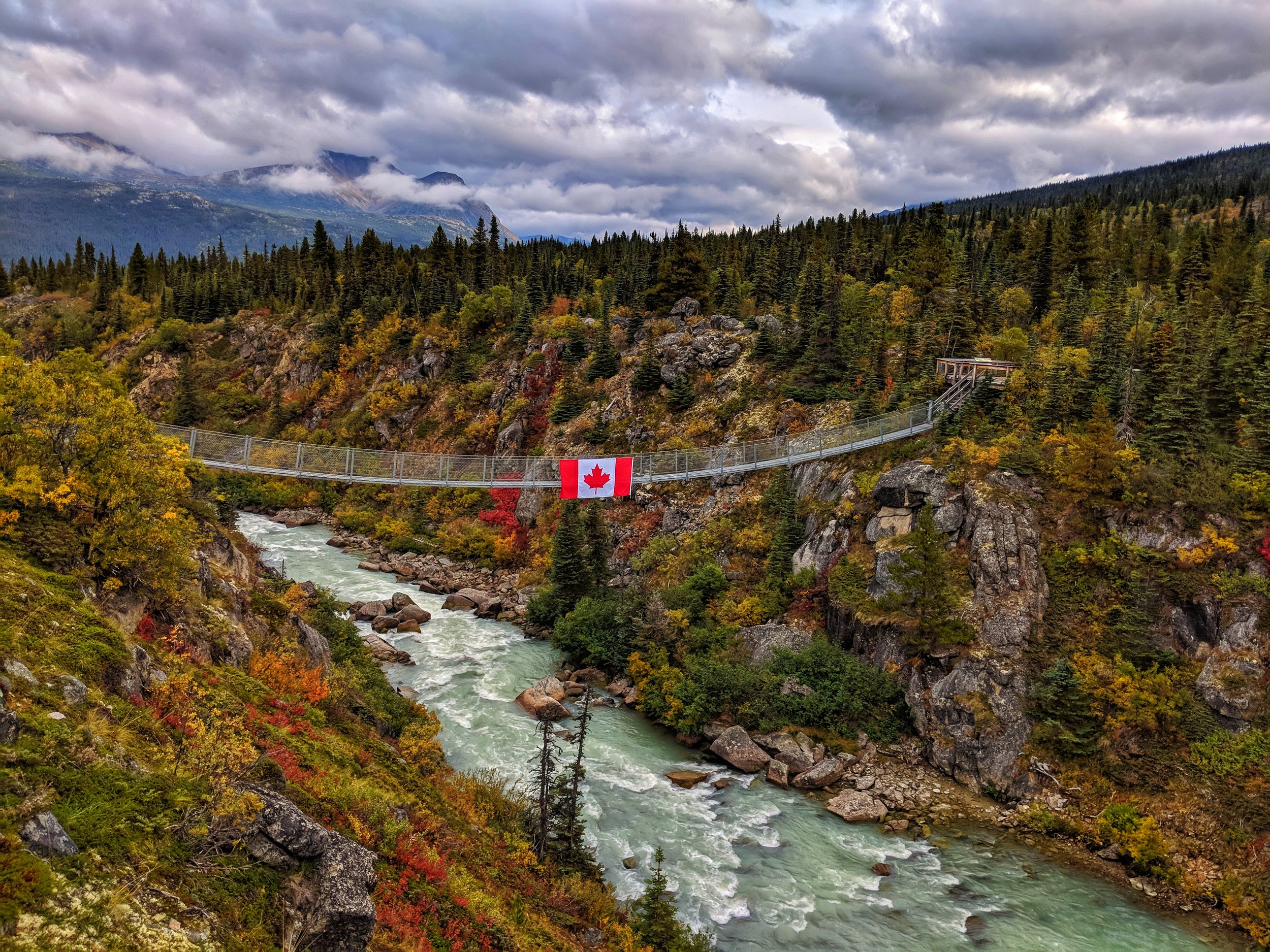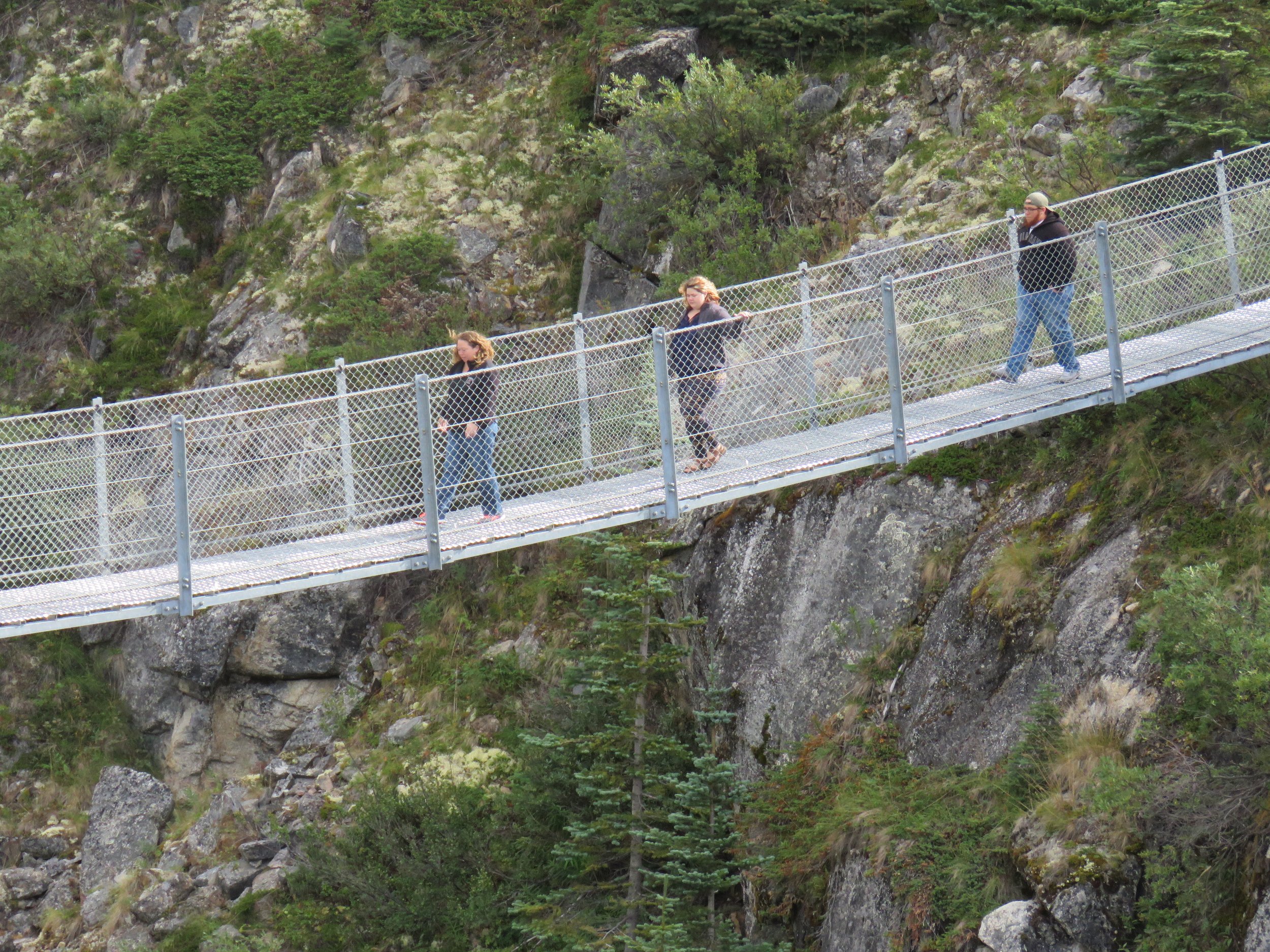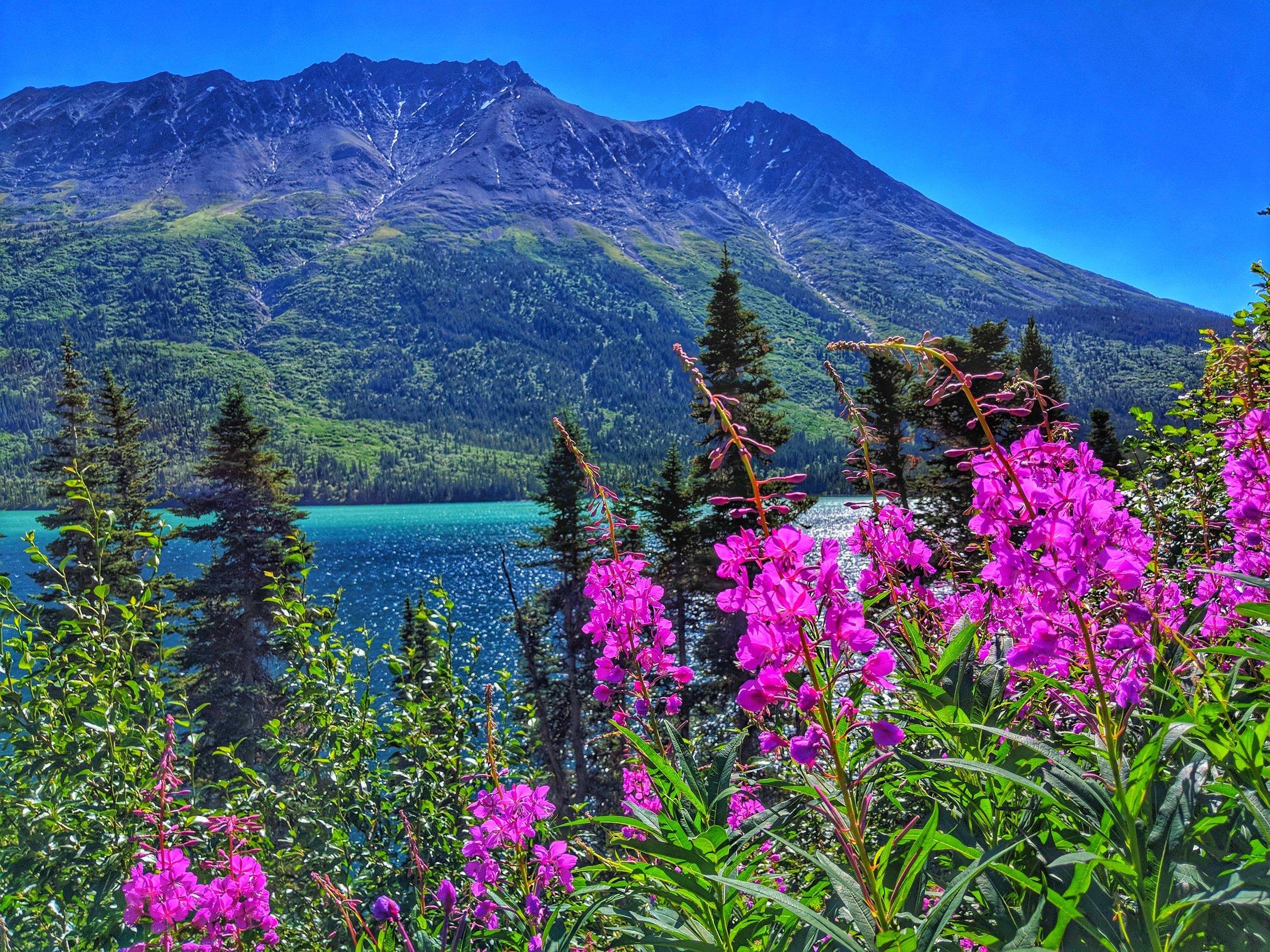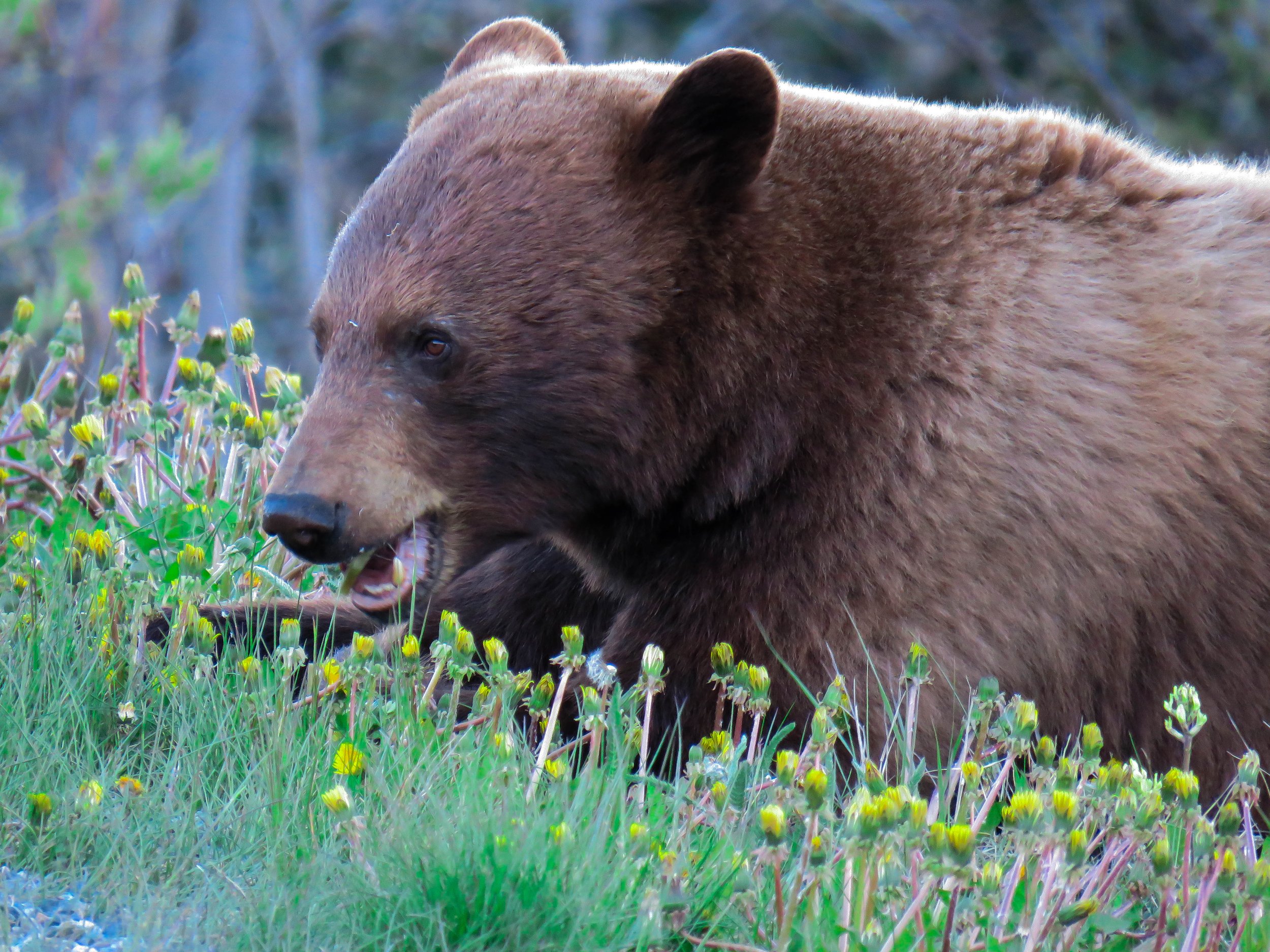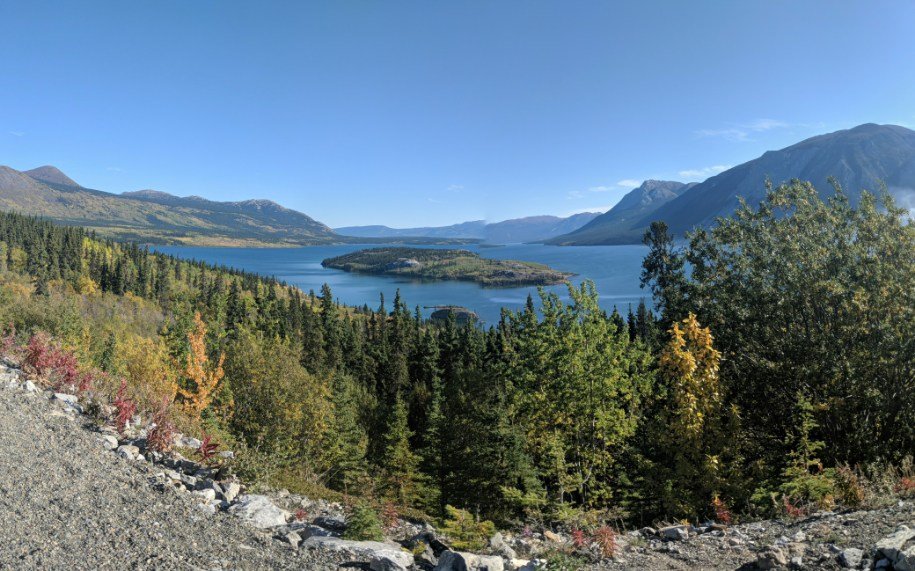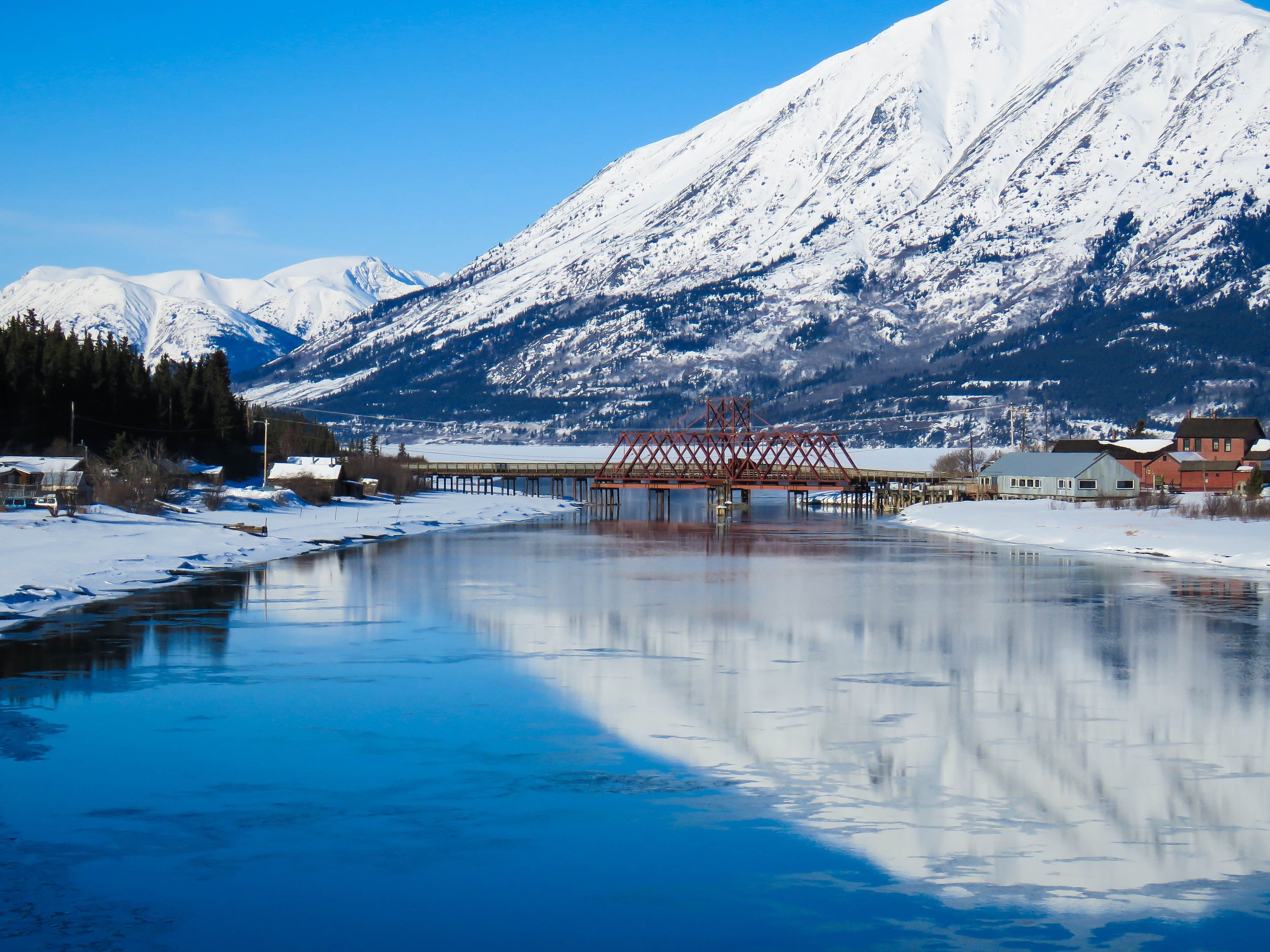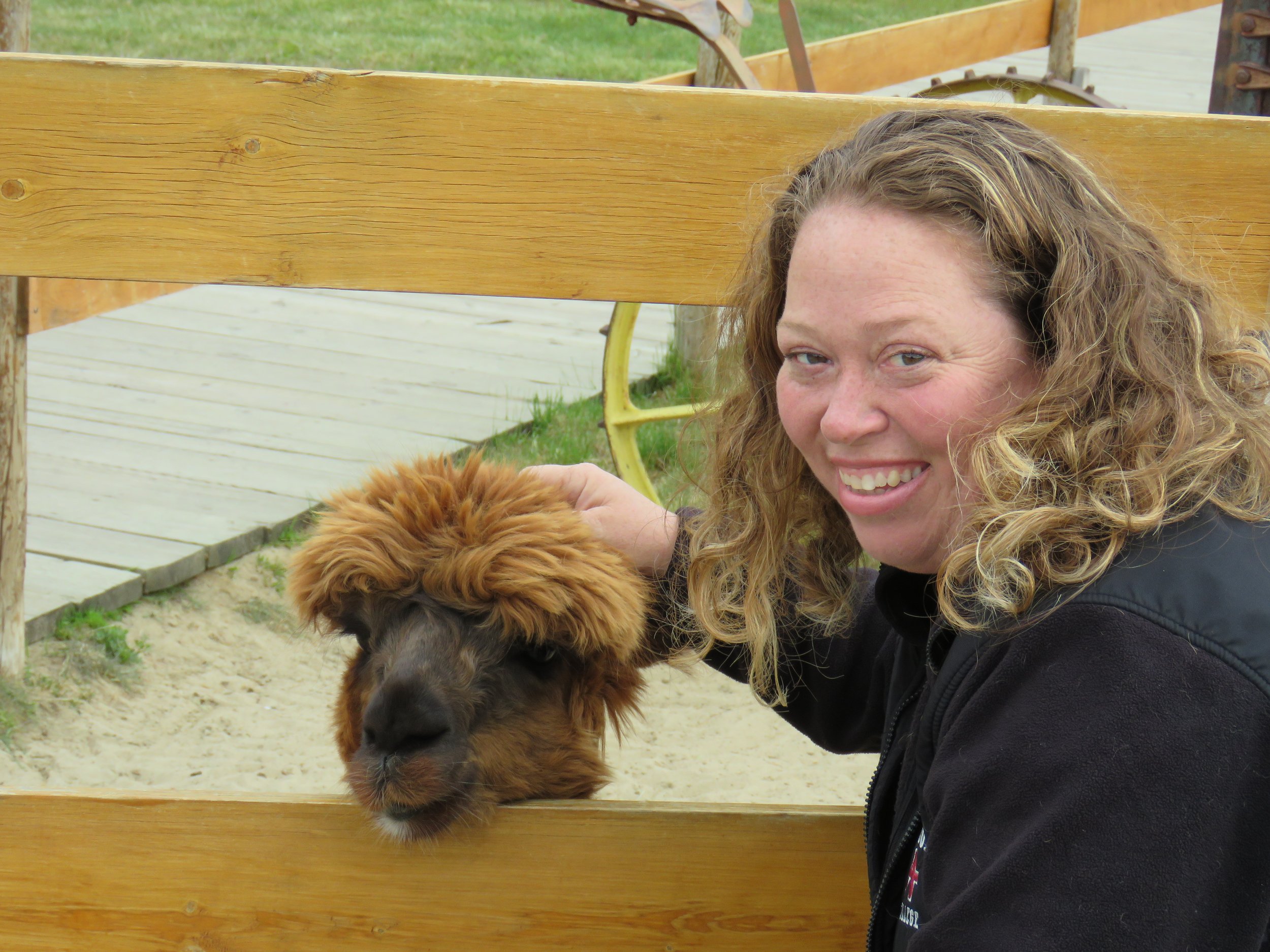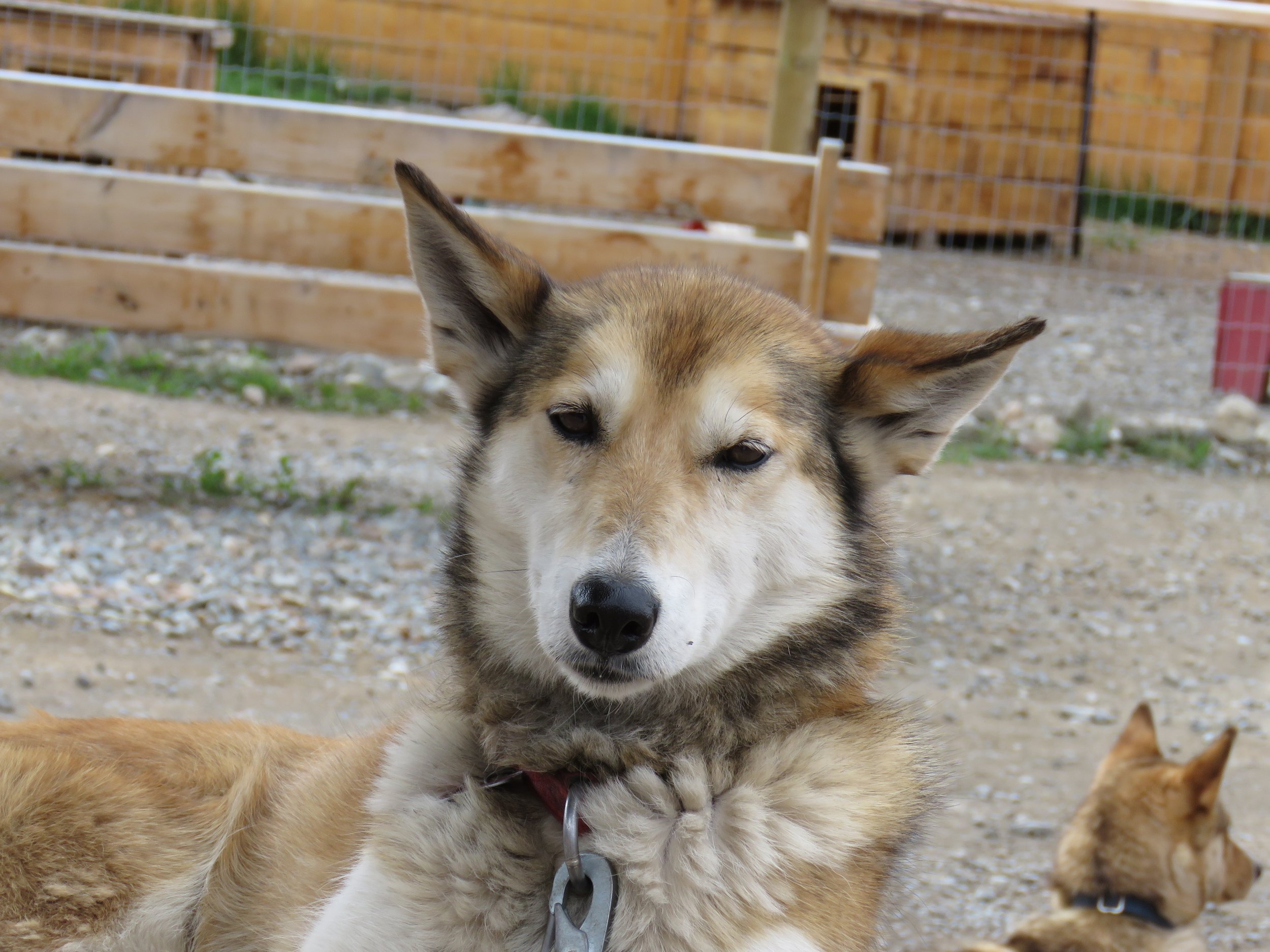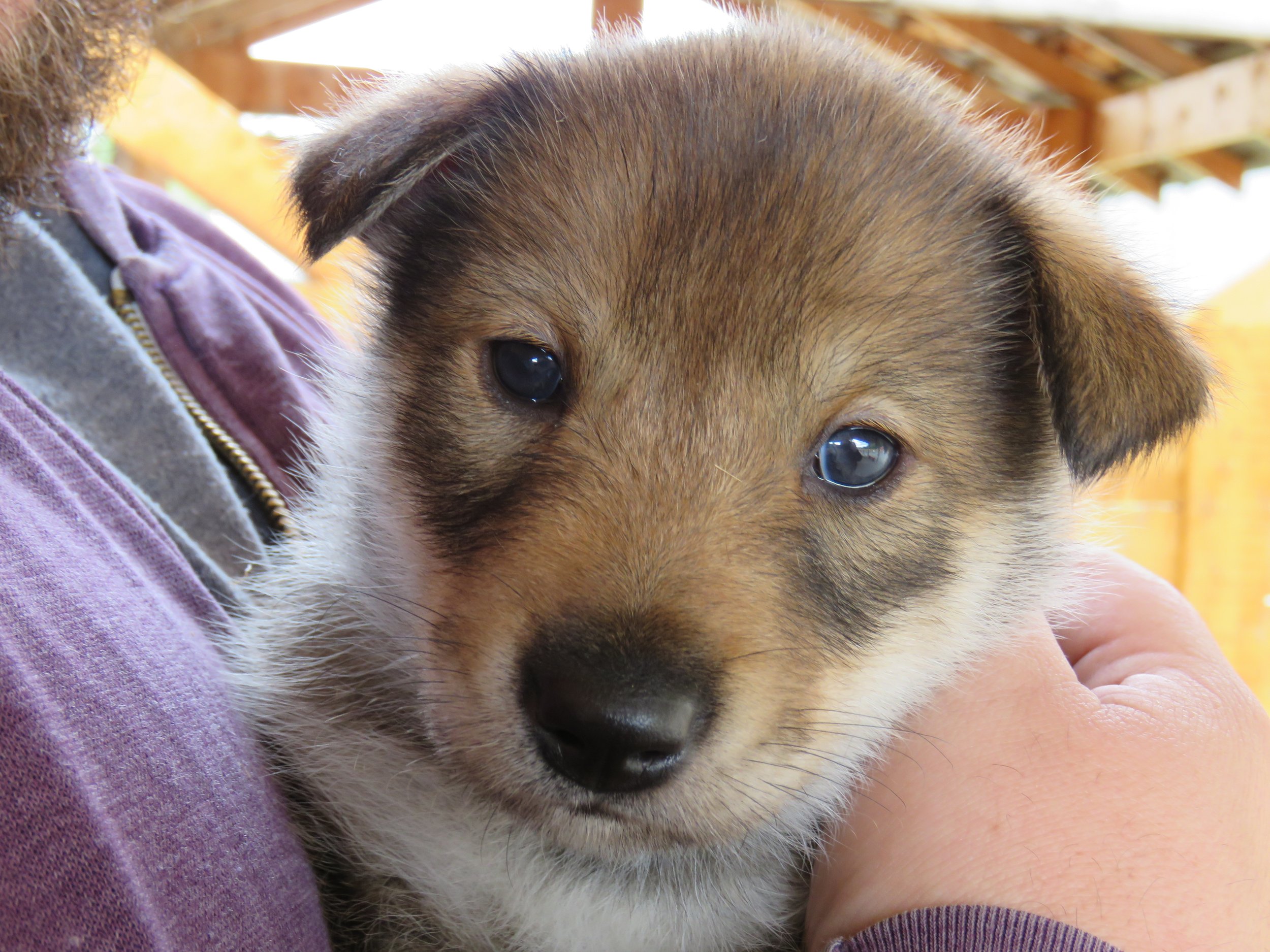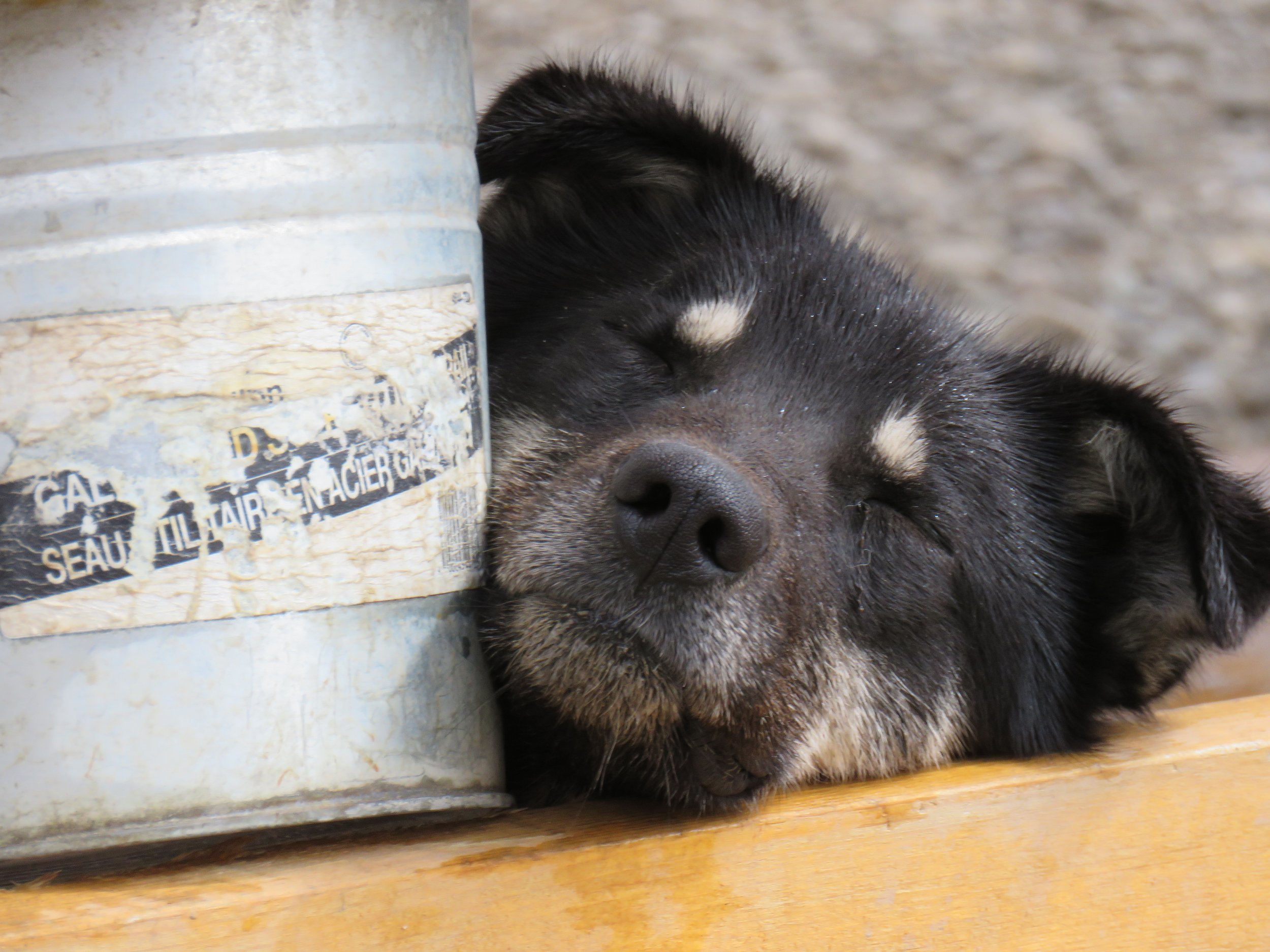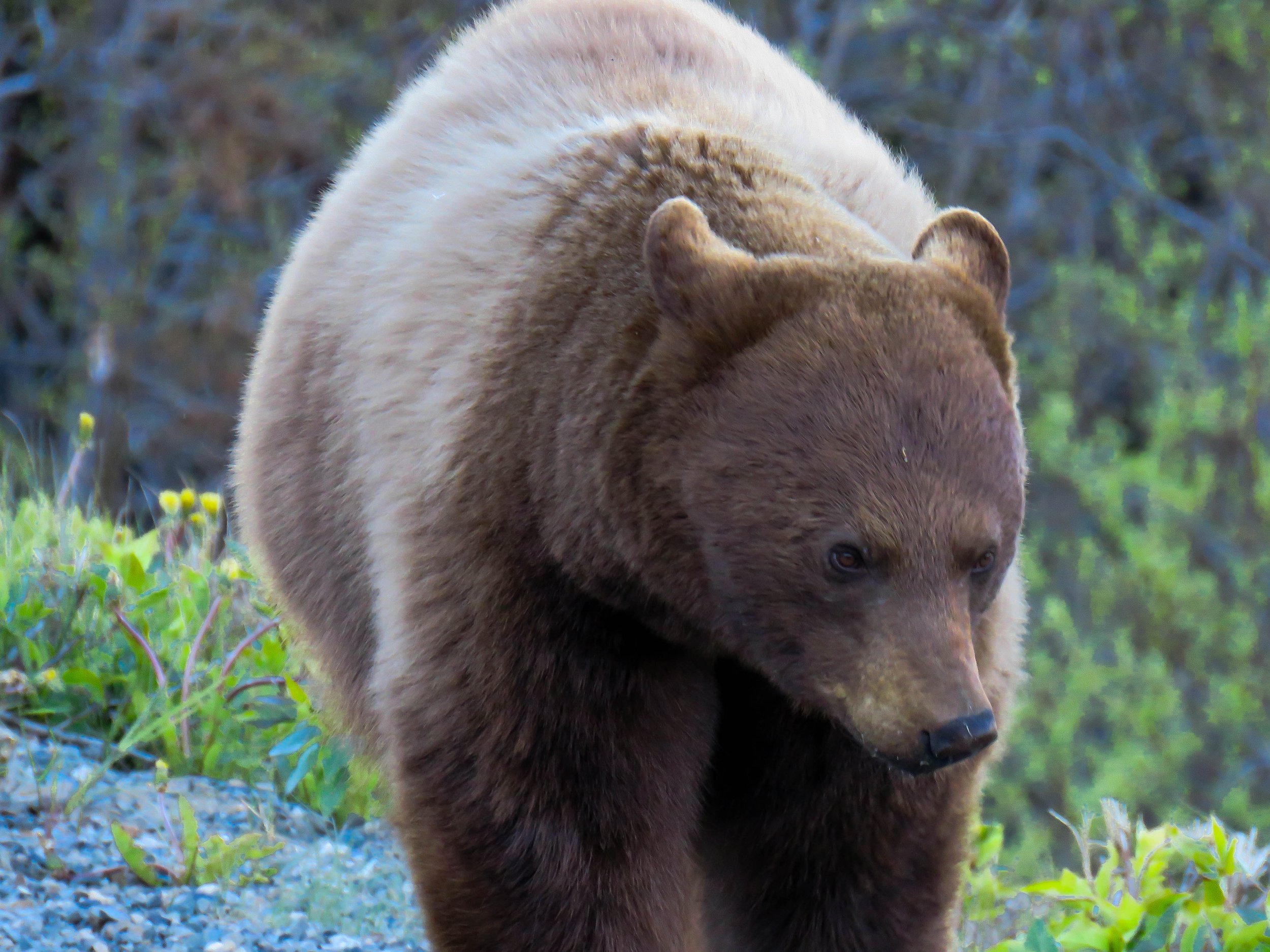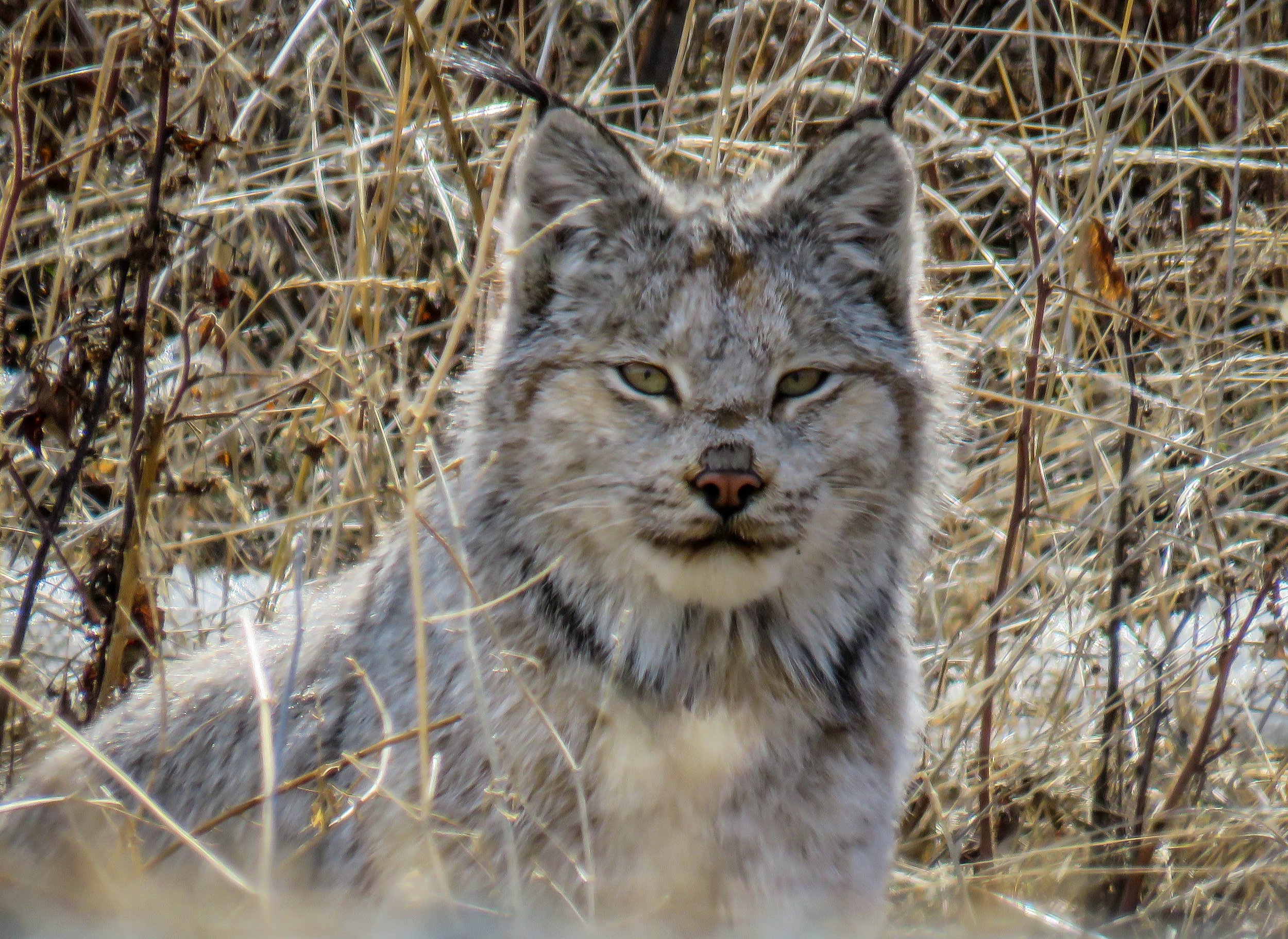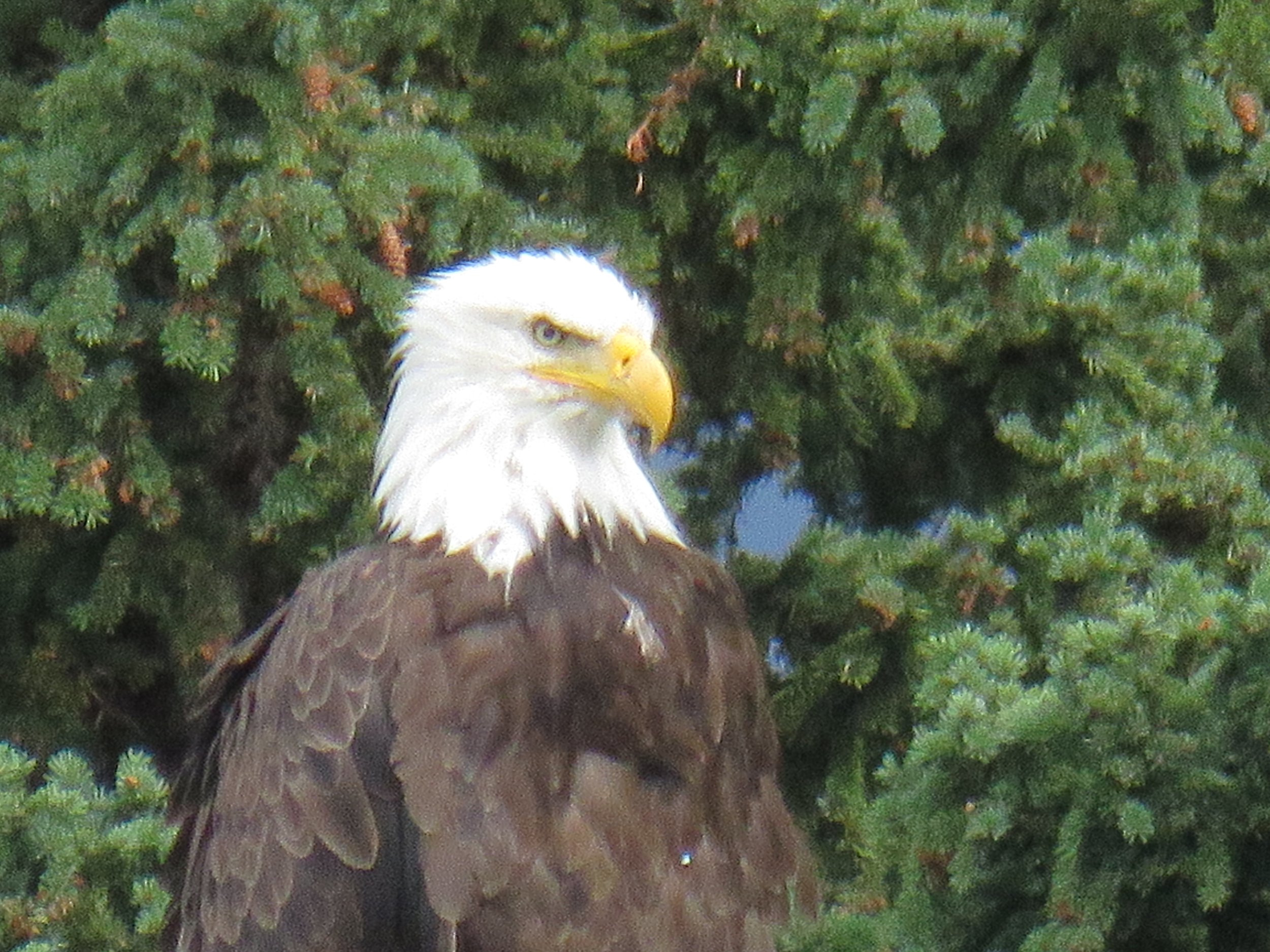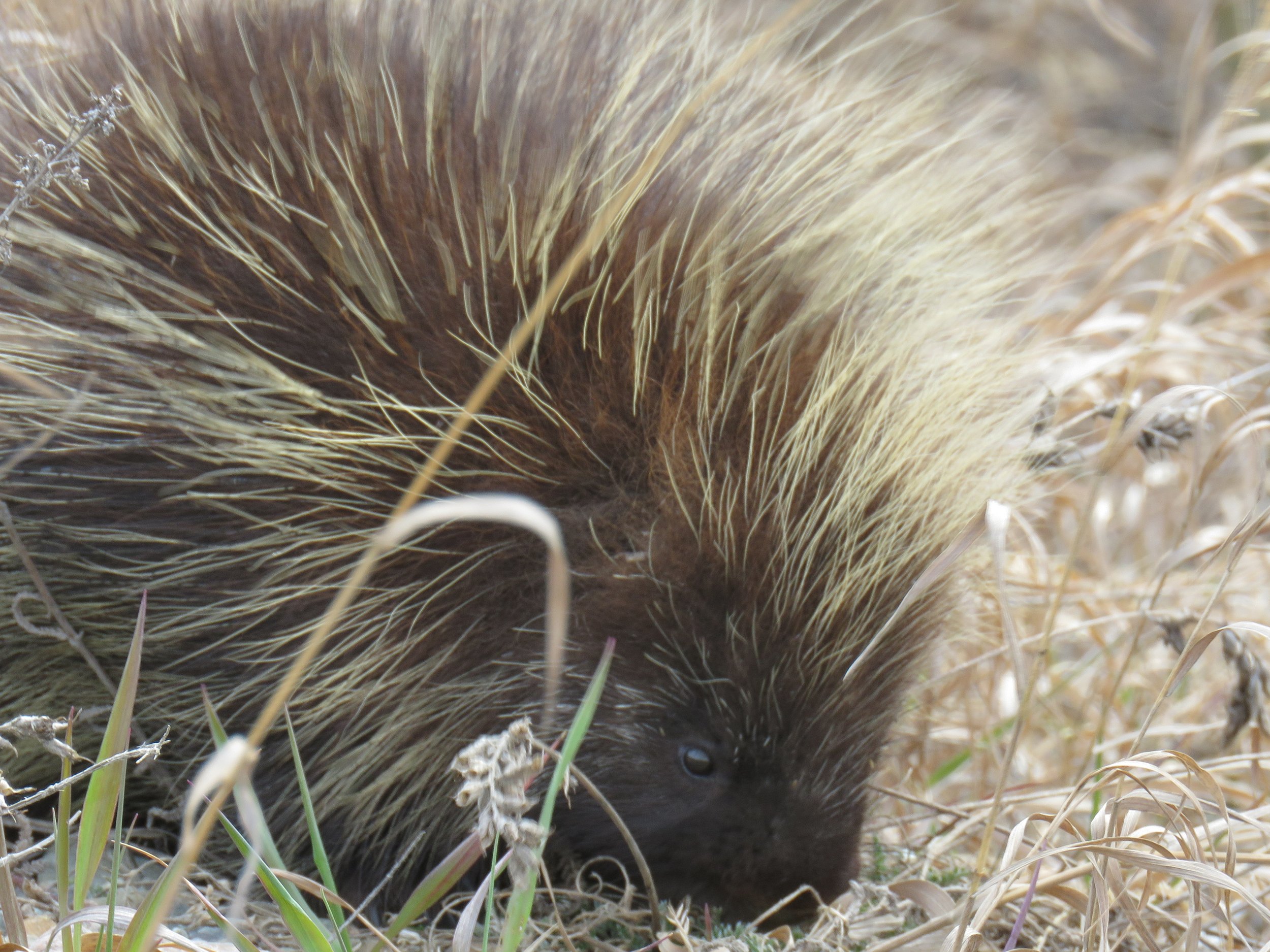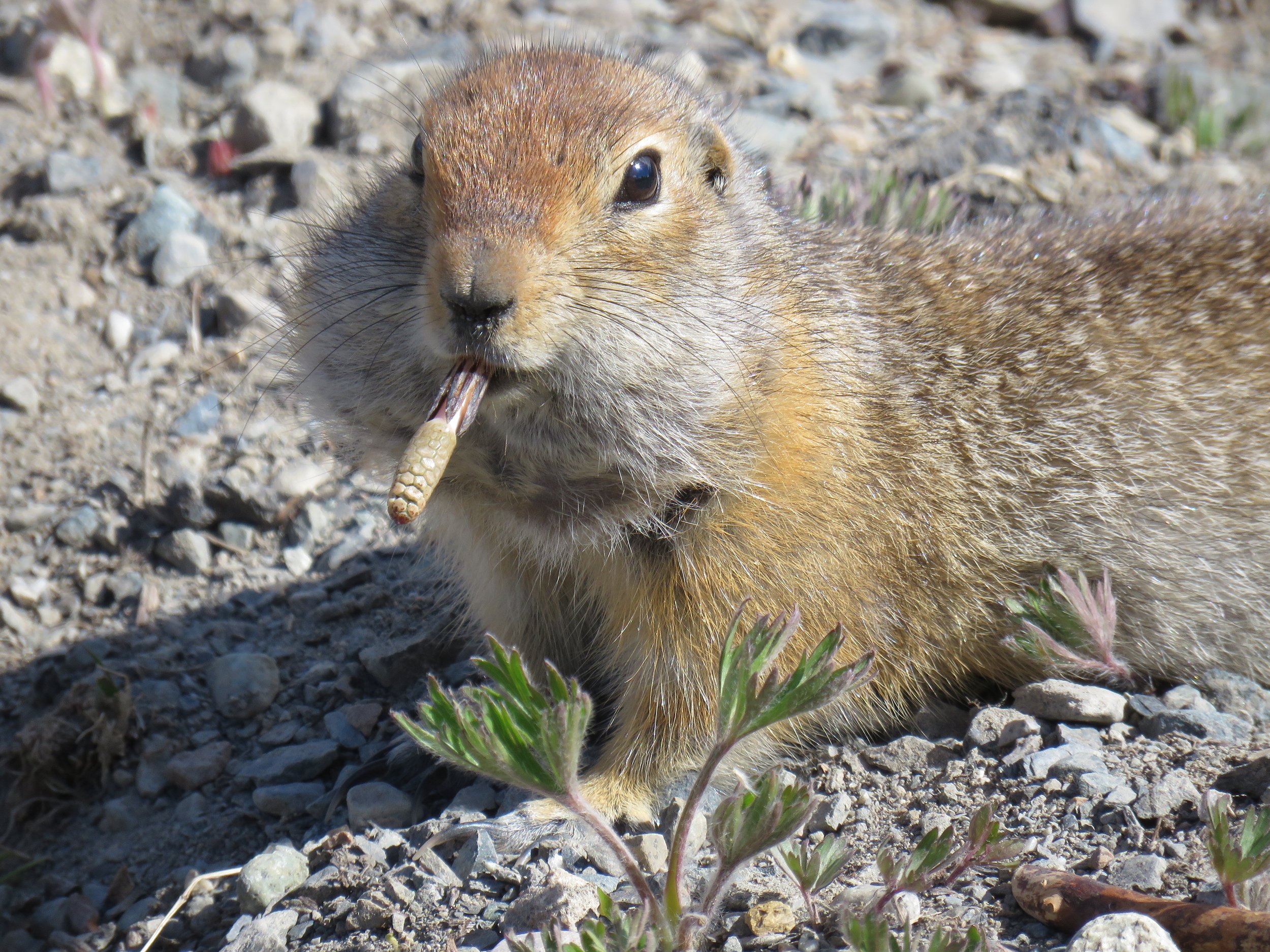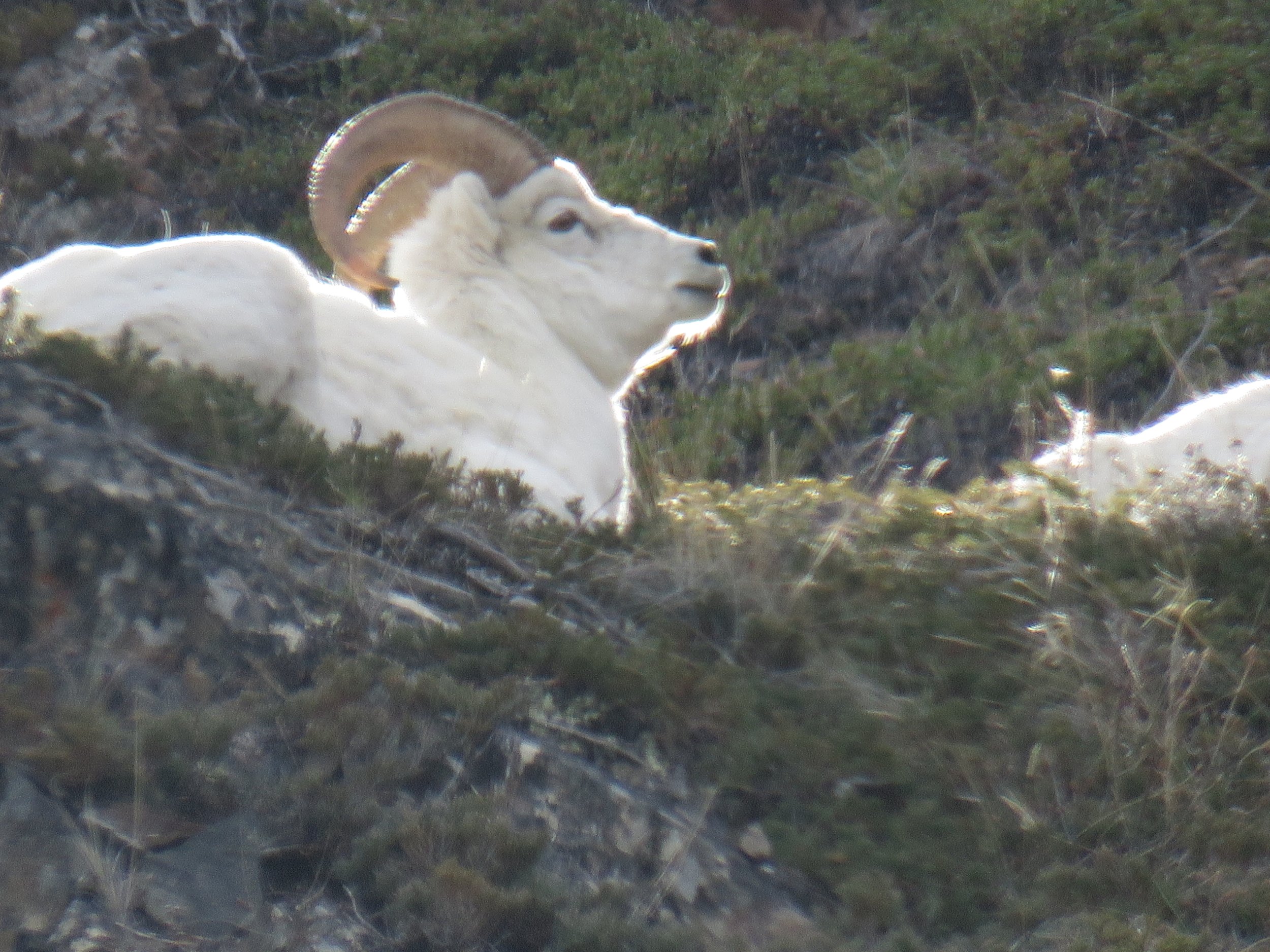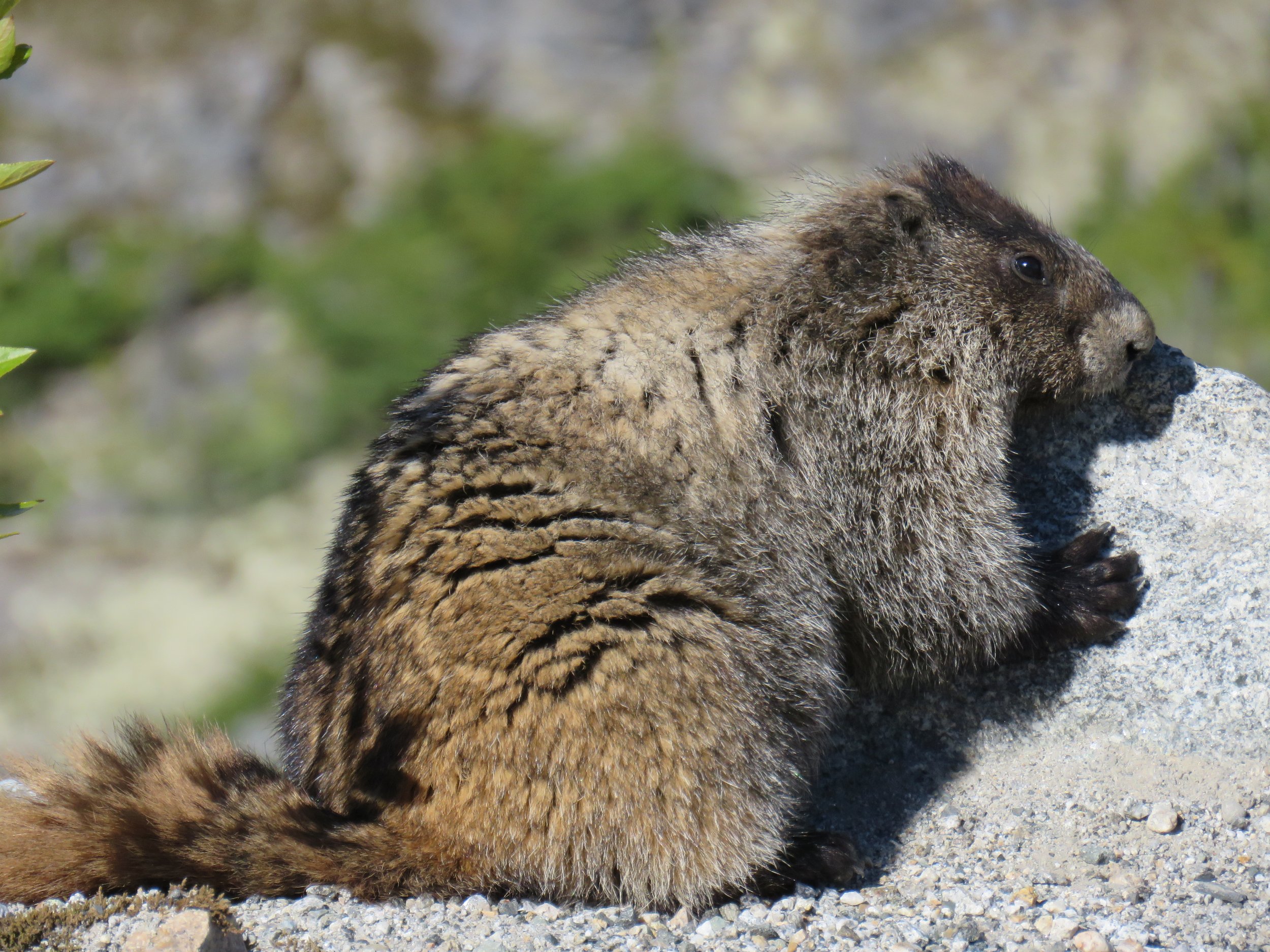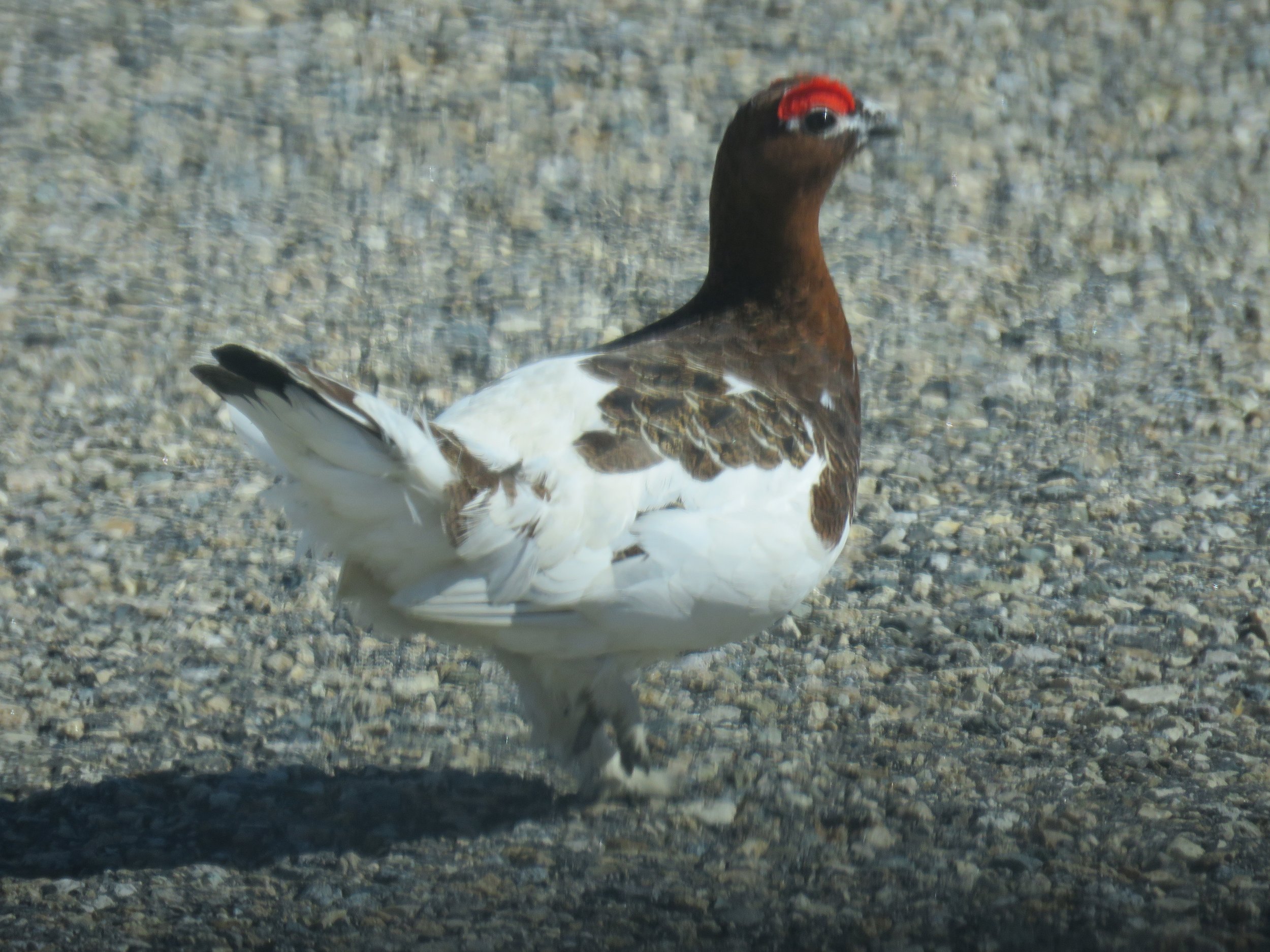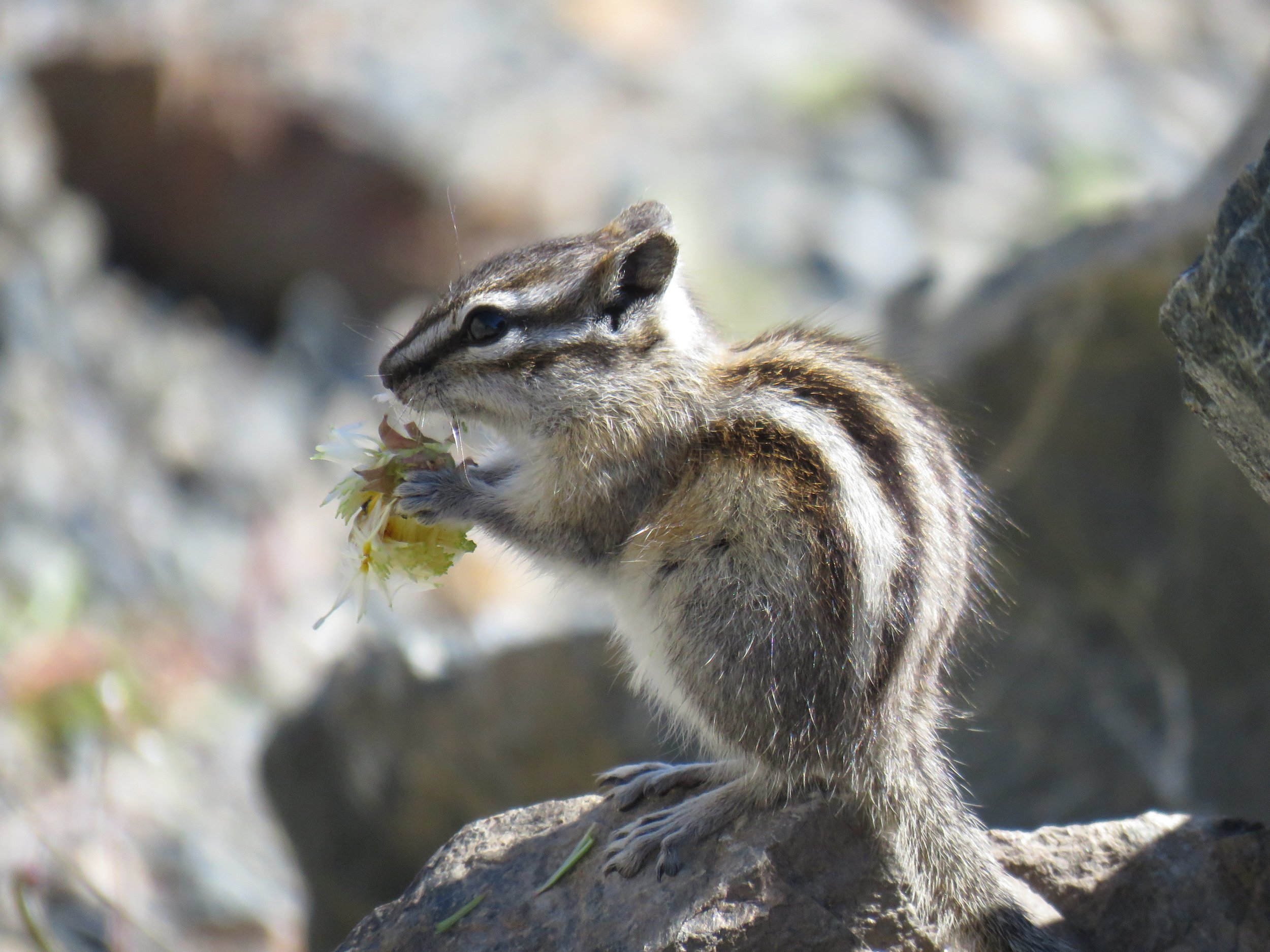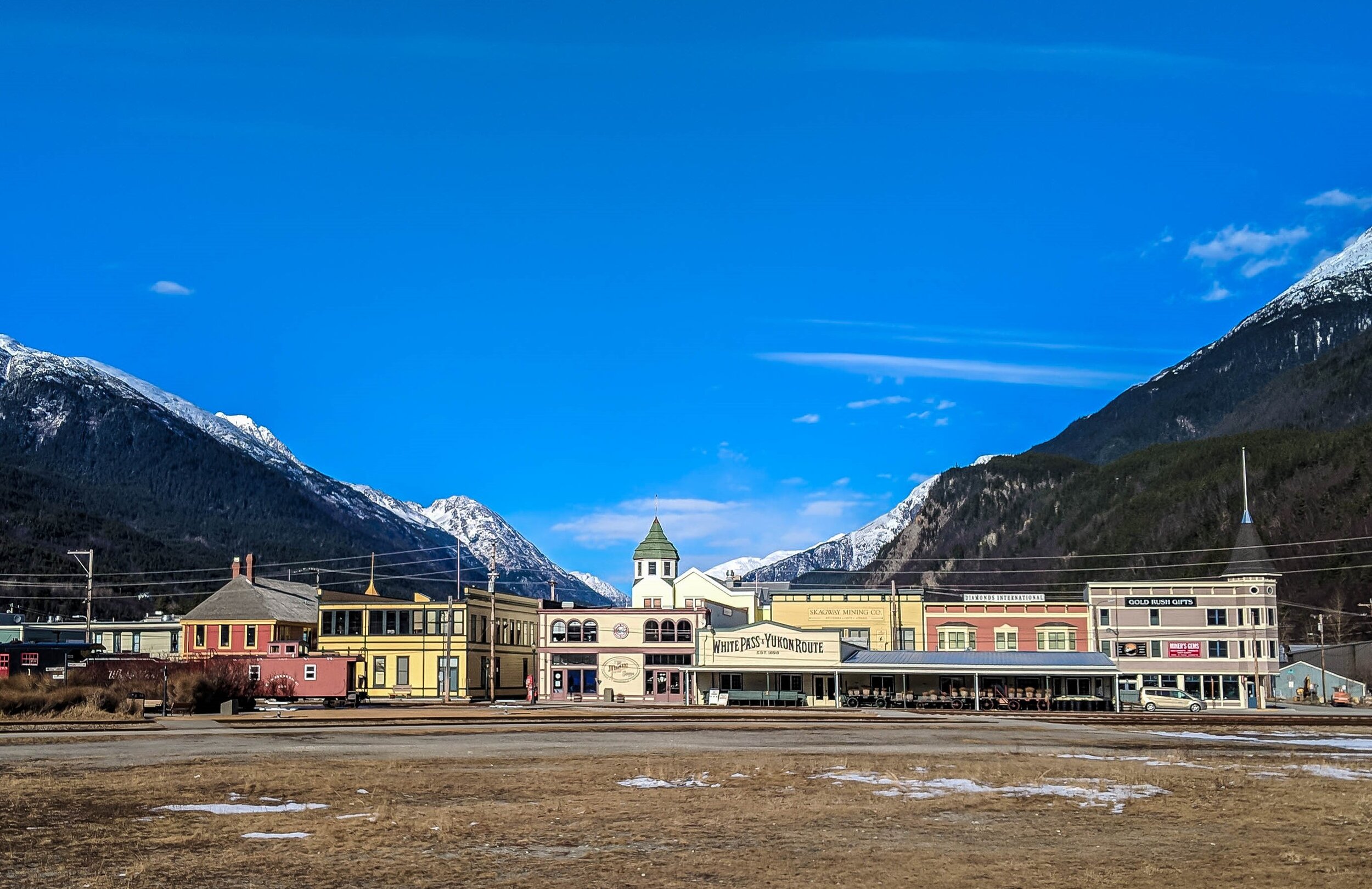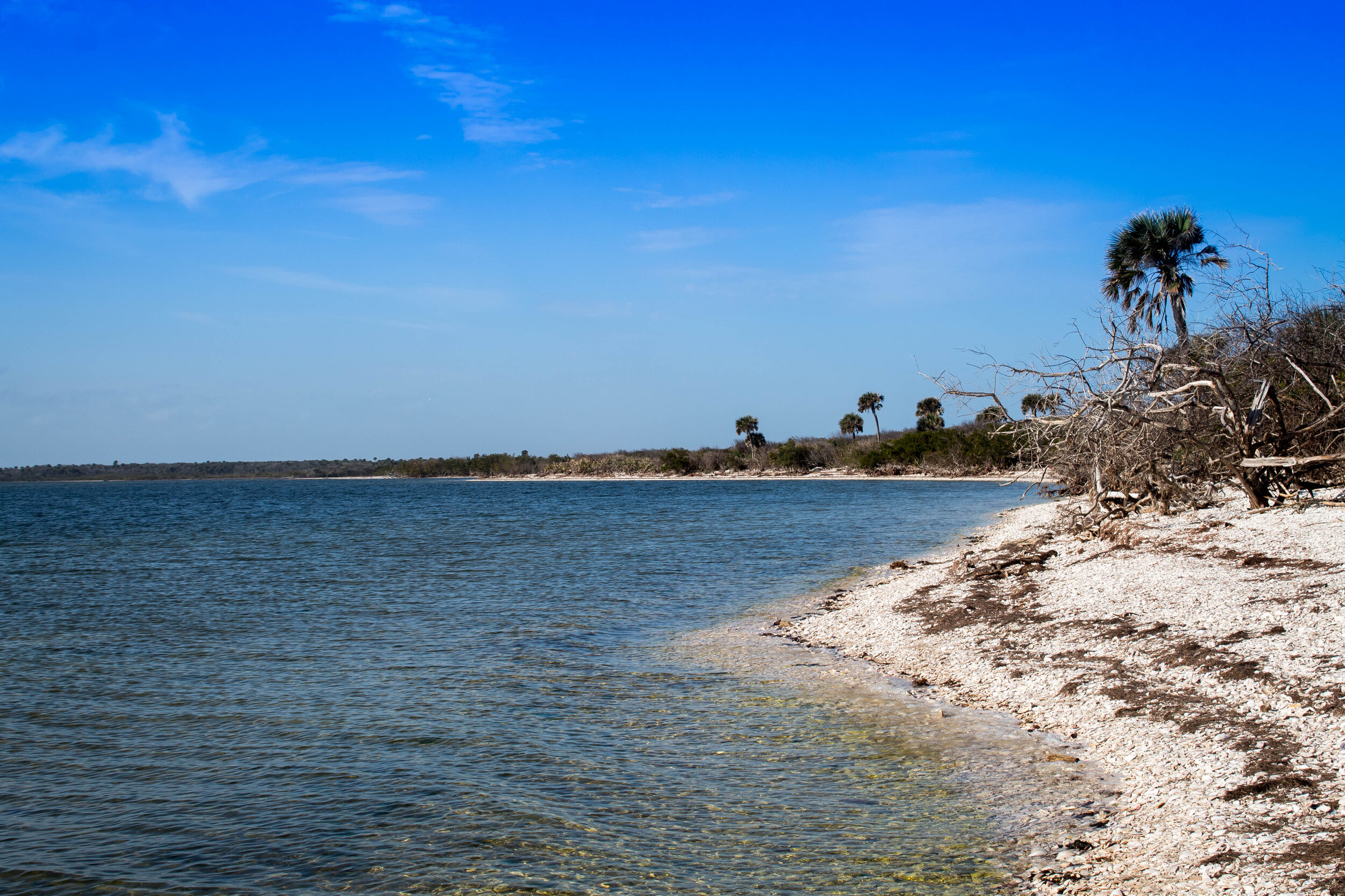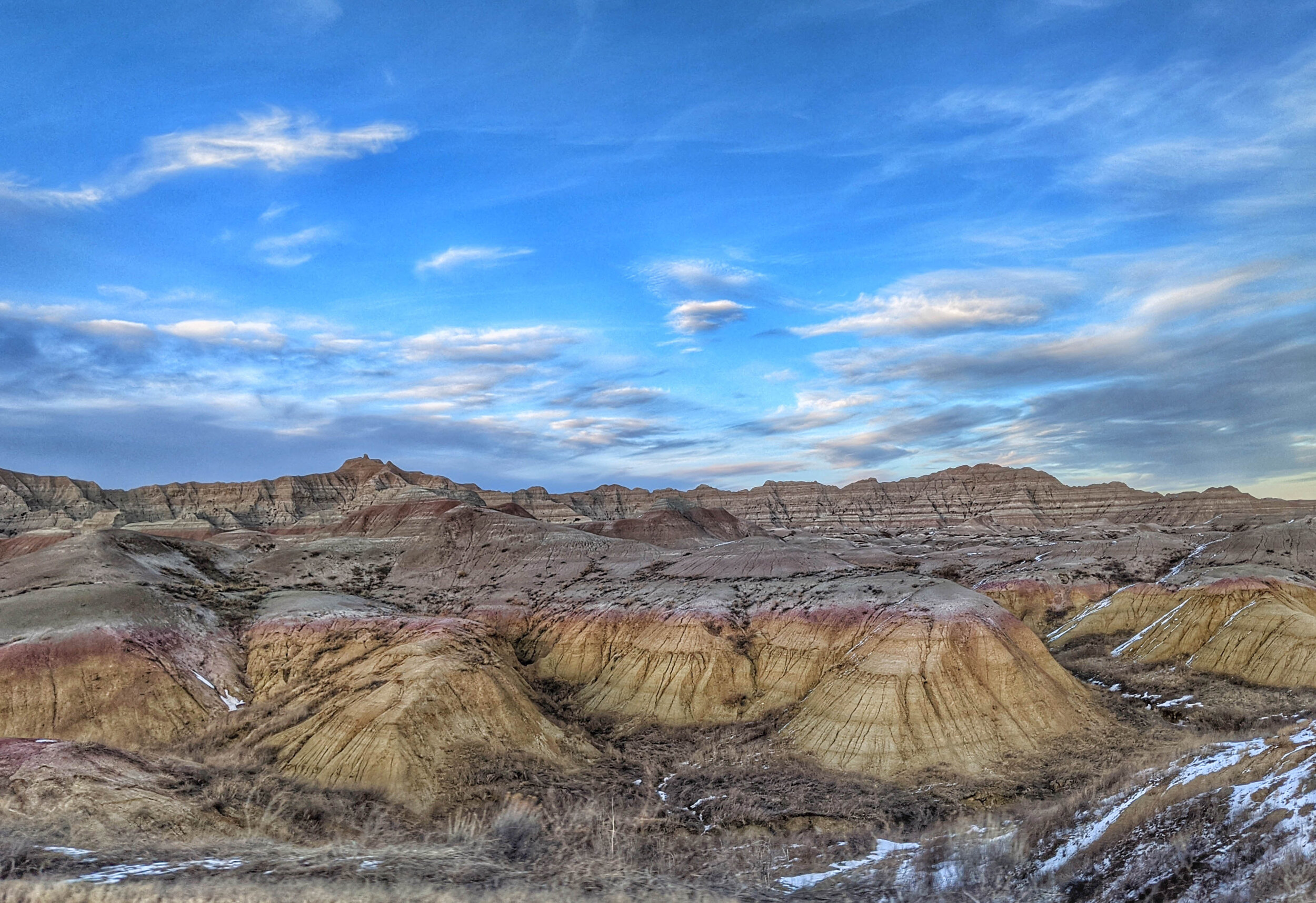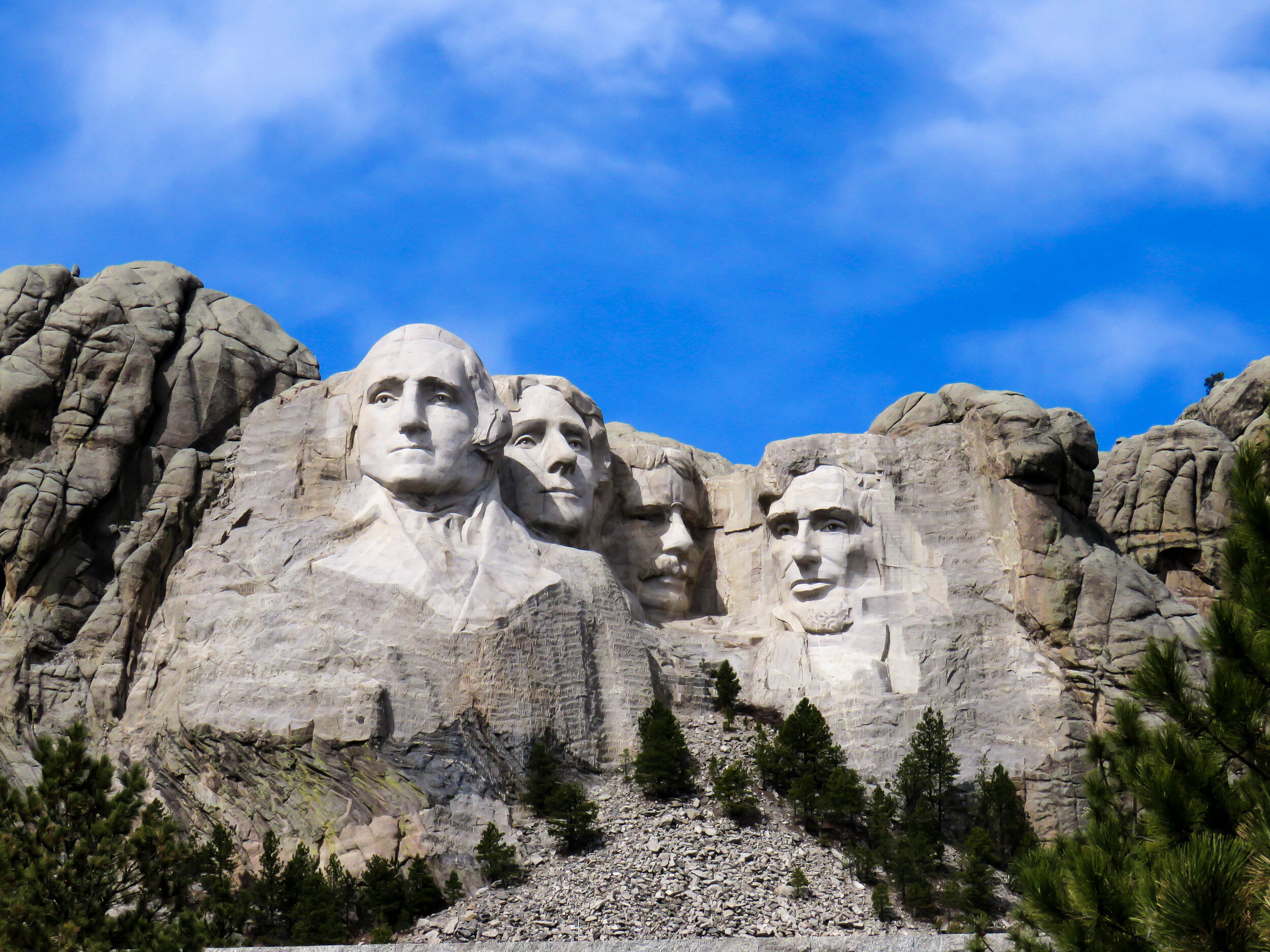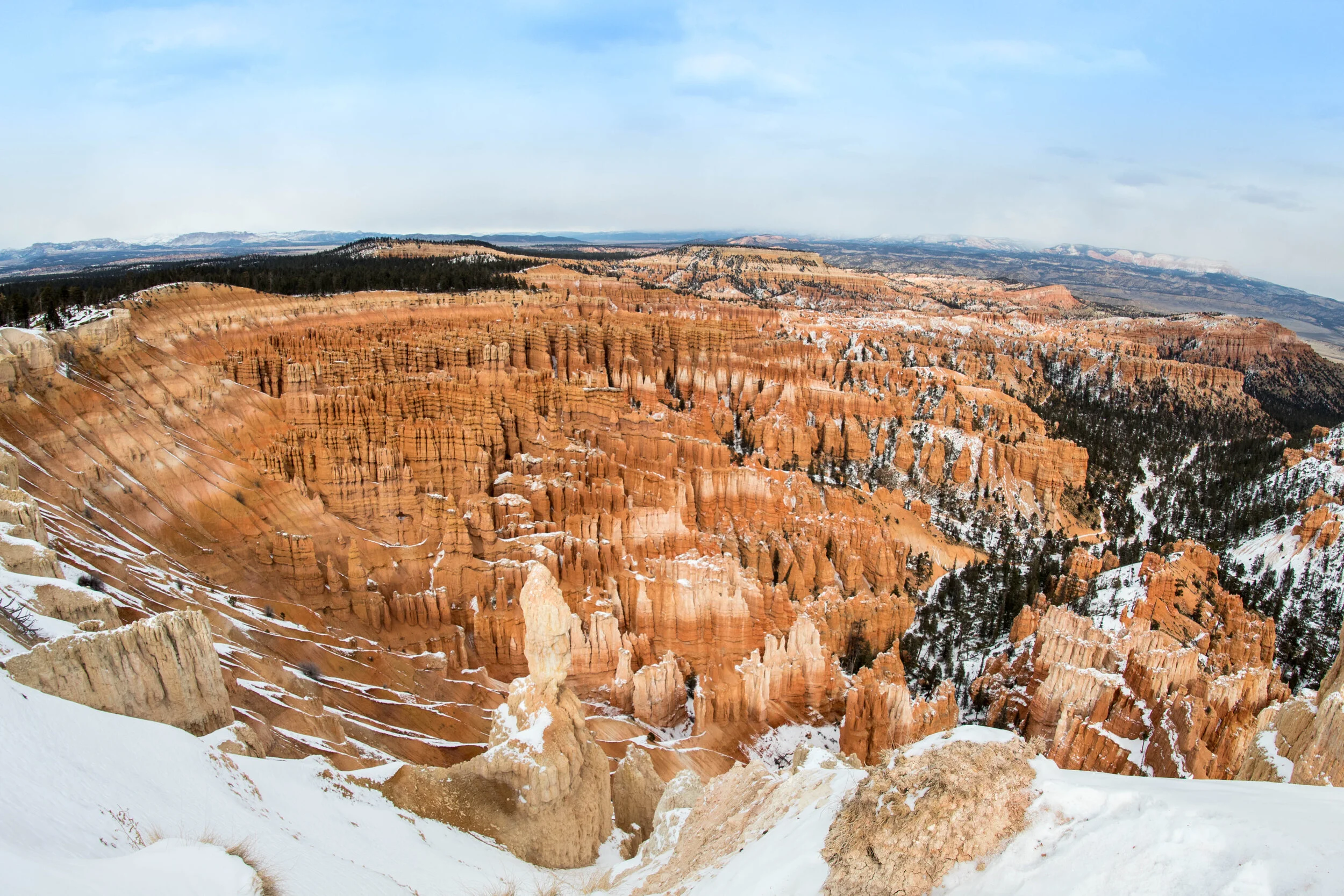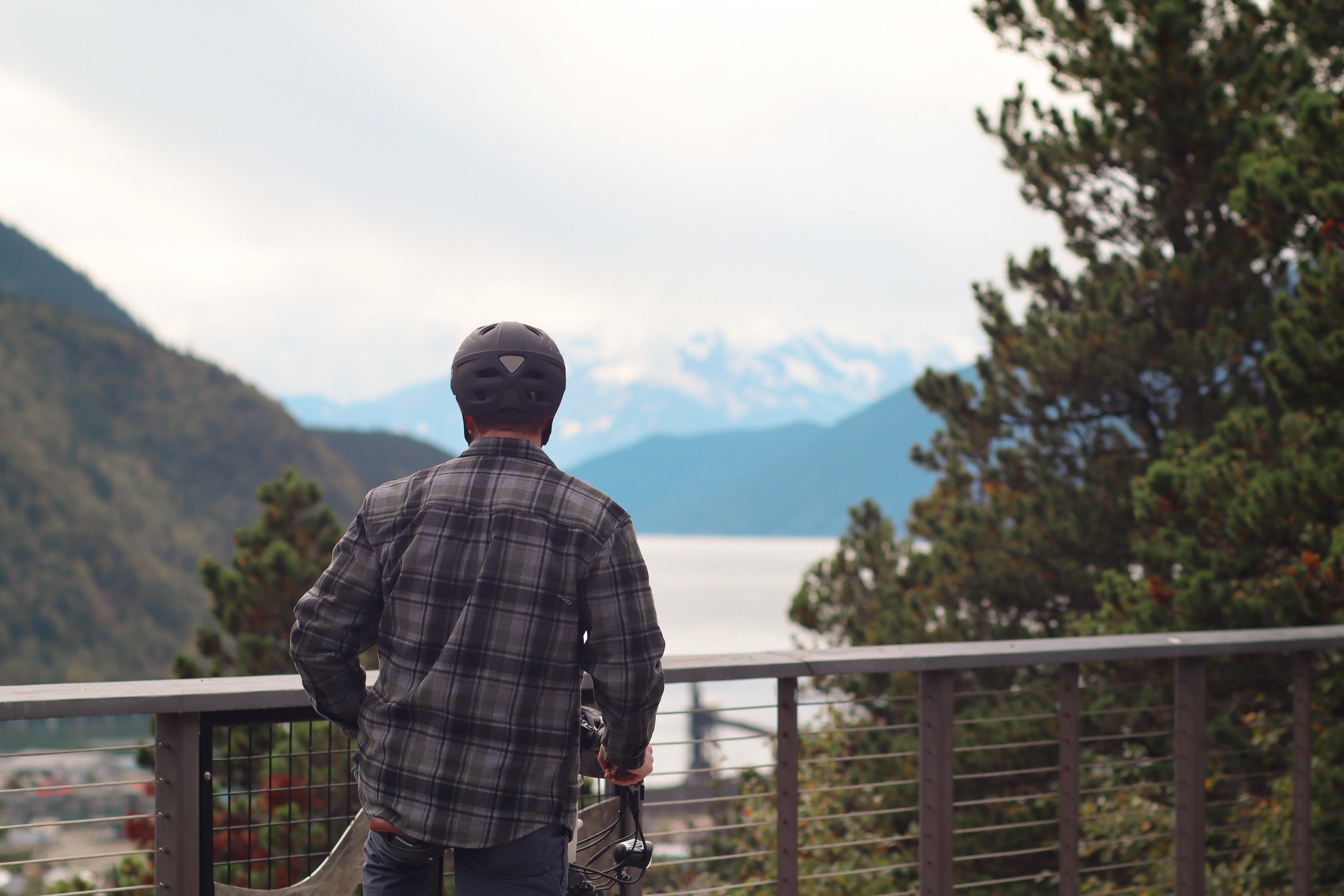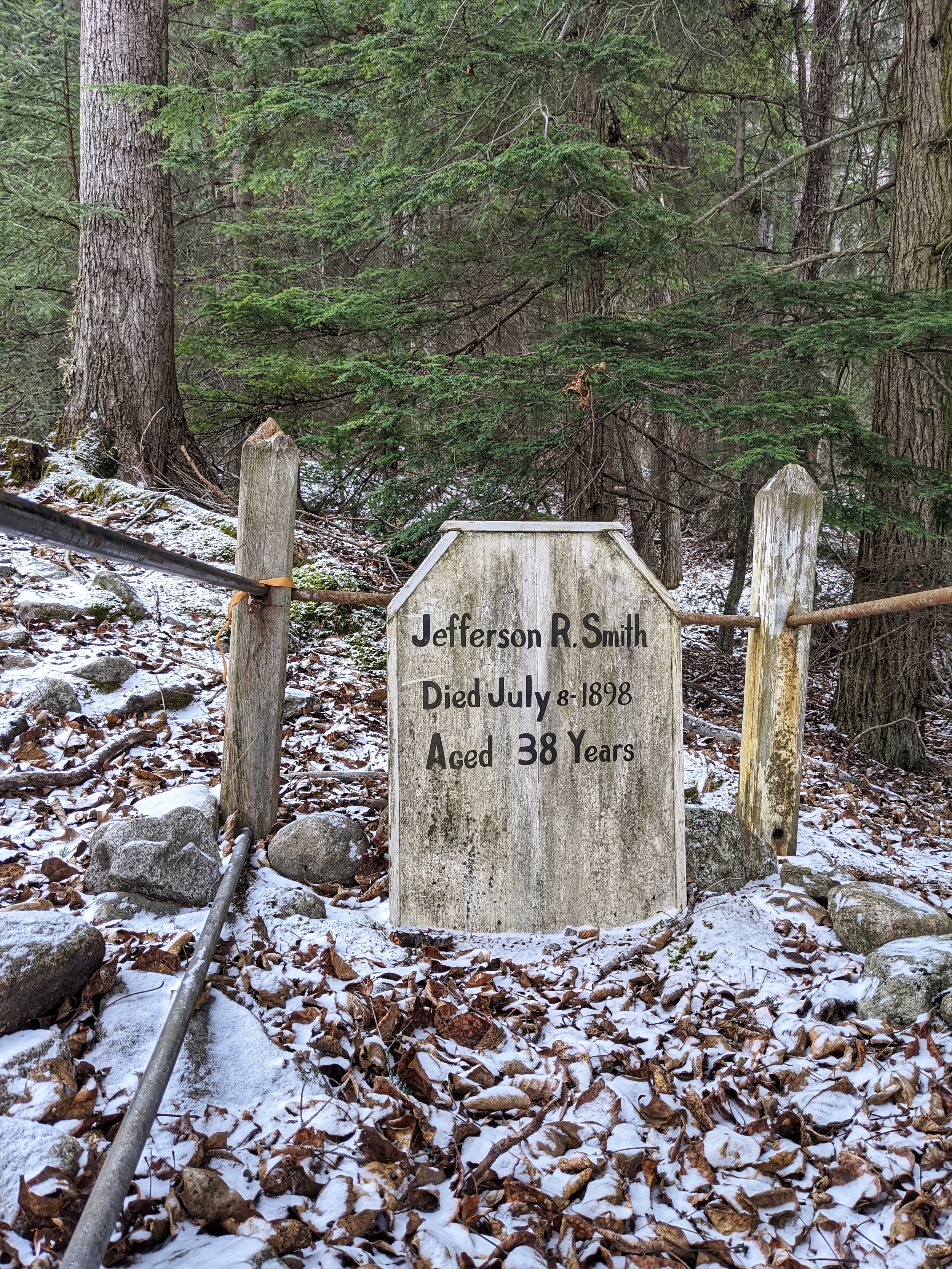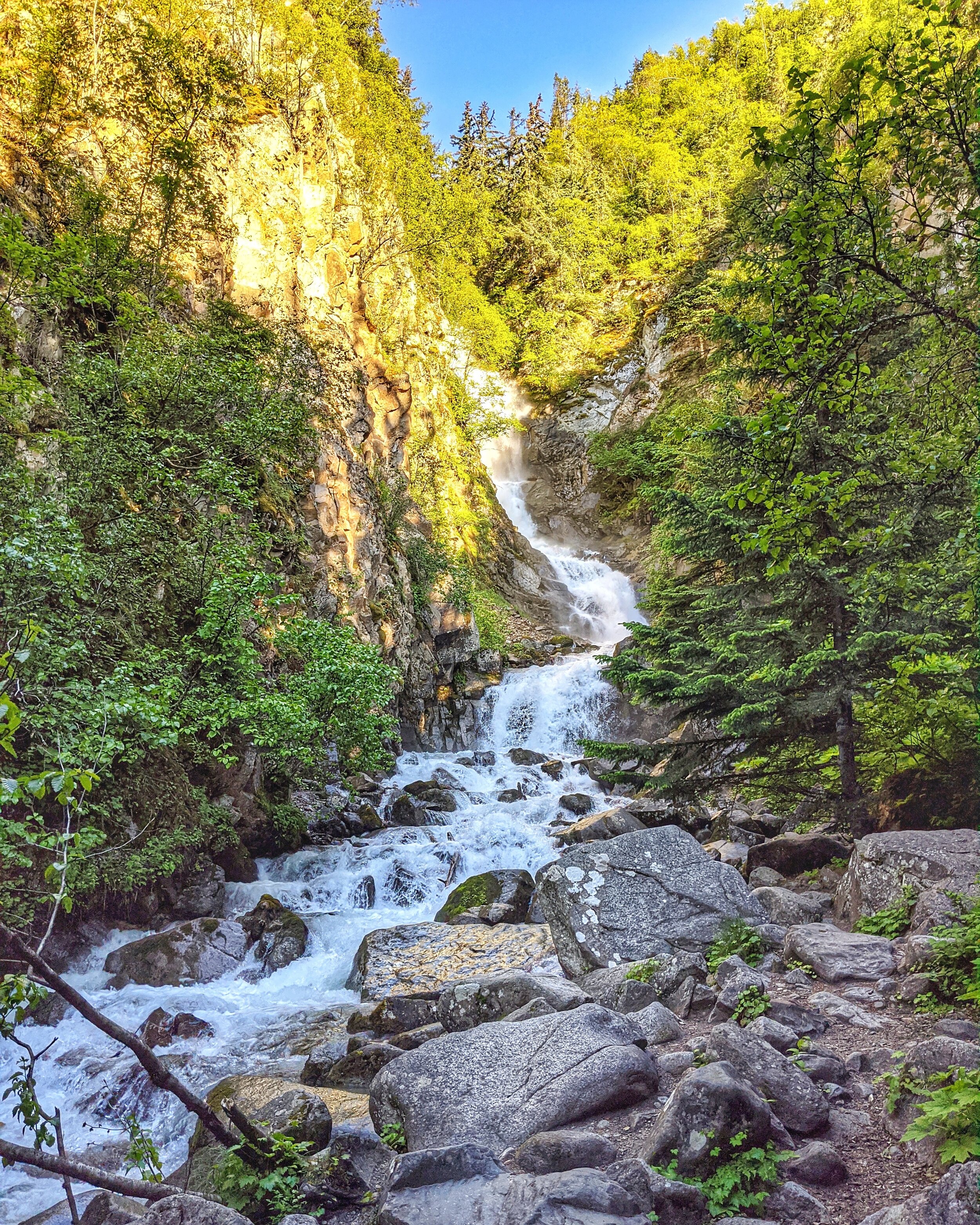The Drive of a Lifetime in the Car of the Future!
Start your independent adventure of the South Klondike Highway with the rental of an all electric Ford Mustang Mach E from Klondikecars.com. This amazing and desirable electric car will surprise you with its smooth handling and impressive acceleration. The perfect car to explore and have fun doing it. Slip into the driver seat, buckle up and put your ship in the rearview as you head North to the Yukon!
For years and years when traveling aboard cruise ships, my wife and I have sought experiences that would get us away from the herd of other passengers. Being told how long I can spend taking pictures, and what and where to eat has never really fit with our way of life. We are independent type people! I suppose it's kind of ironic that after all that, I became a tour bus driver of all things!
Once, on a fall foliage cruise to New England, I was looking at excursions to the Bay of Fundy and the Flower Pot Rocks. This was a sight that I have always been fascinated with and I was determined to visit. I was a little disappointed to find out that the ship bus excursion to that location was exorbitantly expensive, and we would only have a little over an hour to visit.
Then with a little help from Google Maps I realized that it wasn't really that far from the port and it looked like it would be an epic drive! Sure enough it was, we rented a tiny Chevy Sonic and took an amazing 2 hour road trip from Saint John to the Hopewell Rocks Provincial Park for much less than it cost to do the ship tour. The freedom of that car made us feel like cruise ship travelers, not just tourists.
Fast forward to 2015 and another cruise, this time to Alaska. We rented a car and took the storied ride up into the Yukon via the South Klondike Highway. That trip, which I'll describe in detail a little later, changed my life. It led me to inspiration, and it led us to our current home, Skagway, Alaska. The sheer beauty of driving from sea level to the summit of the coastal mountains and the international border with Canada took my breath away. It was a memory I wanted to repeat over and over. Luckily, I made that dream a reality when I moved here full time in 2019. I want to invite you to share in that same experience that I had on my first ride up in 2015.
Start your independent adventure of the South Klondike Highway with the rental of an all electric Ford Mustang Mach E from Klondikecars.com. This amazing and desirable electric car will surprise you with its smooth handling and impressive acceleration. The perfect car to explore and have fun doing it. Slip into the driver seat, buckle up and put your ship in the rearview as you head North.
The town of Skagway itself is often described as the "Gateway to the Klondike" Between 1897-1900 over 75,000 men and women passed through this town in a desperate 700 mile race over frigid mountains and perilous rivers to reach a small tributary of the Yukon river called "Bonanza Creek" and the Klondike Gold Fields. Only the most intrepid 30% ever reached their destination. If only they knew that 125 years later the trip could be made by a new fangled electric horseless carriage, their minds would have been blown!
The first part trip from Skagway to the International Border will ascend from sea level to the summit in approximately 15 miles. Between mile 5 and 9 there are multiple pull offs on the right that overlook the Denver Glacier, the White Pass and Yukon Route railway tracks, and the magnificent Pitchfork Falls. A little farther up you will come upon a strange looking cantilever bridge and a scenic viewpoint. This is the home of the William Moore bridge. Named after the founder of Skagway this was the original bridge that linked Skagway to the rest of the intercontinental road system. In service continually from 1978-2019 the bridge eventually became too costly to maintain and was replaced by the modern reinforced concrete bridge that you cross today. The parking area makes for a great view, but if you go just a little bit beyond the bridge there is a big pullout with amazing views of the bridge itself and the mountains below. Be sure to set the parking brake, it's a bit steep!
Making your way up a little more you notice that the landscape begins to change dramatically. you are entering a sub alpine tundra! The trees begin to diminish in size. Up here, only the strongest can survive. They are all but buried by snow in the winter and need the long summer days to grow just the tiniest bit. They may look like saplings but if these trees could talk they would tell you the stories of the miners that forged this path so many winters ago.
At around mile 15 you will be crossing over the international border into Canada (and the Welcome to Alaska Sign)!
So, where are the border patrol agents? I don't know about you, but I wouldn't want my office 3292 feet on top of a windswept mountain that regularly reaches temperatures of -40 degrees. You'll find our Canadian friends about 5 more miles away at their slightly more sheltered guard shack in Fraser, British Columbia.
Between the proper boundary line at the summit, and the checkpoint, you will encounter what is known as the "Tormented Valley''. Strewn with boulders, ponds, lakes and rivulets, this otherworldly landscape will draw you in and make you use the bulk of the memory cards you bought for that fancy camera of yours. Use the freedom of your car rental to give you the time to explore this area. There are plenty of pull offs here that can be used to go out and explore a little. In winter, this area is used heavily by snow machines (snowmobilers for all of you from the lower 48) and even heli-skiers that use helicopters to reach the highest peaks and then ski back down. Summer brings plenty of opportunities for hiking and exploring but be careful and watch your footing.
Hop back in your car and check in with the agents at the border station. Have your passports ready, your ArriveCan app complete, and your vaccine cards available. Once you make it through, it’s time to head to the Yukon!
The dividing line between British Columbia and the Yukon is at 60 degrees North Latitude so we’ve still got a little exploring to do. Continue on for another few miles and you’ll come to a large clearing on the left. This is the point where the White Pass railway crosses the South Klondike Highway. At this pullout you will find a set of bathrooms/ outhouses and a few signs explaining the significance of the area. This stop is known as “Log Cabin”. The original White Pass trail that led from Skagway to Bennett Lake passed along this very path. 7 miles down the tracks is the Northernmost tip of Bennett Lake. The point at which the miners on the Gold Rush would transition from an overland trail to an over water journey to the gold fields. “Log Cabin” was a camp, or resting place used to regroup from the push over the steep climb of the coast mountains that you just drove over.
Although easily done today, the pioneers of yesterday had to contend with all manner of hazards, some natural and some man made. To ensure that a mass casualty event did not occur, and to protect the interests of Canada, a Canadian Mountie names “Sam Steele” enacted a policy in late 1897 that any man or woman choosing to cross the border and venture North to the gold fields of Dawson City had to bring with them enough provisions to survive a full winter season. When all said and done this checklist equated to over 2000 lbs of supplies - “A Ton of Goods!” Considering that the average stampeder would carry 50-75 lbs of gear on his back at a time, often employ other men or natives to help him, or even hire teams of horses to help him it still often took 20-30 round trips from Skagway to Bennett to complete the task and satisfy the requirements. It’s no wonder the camp of “Log Cabin” arose to give men a little relief before continuing the final 7 miles.
Let’s head a little ways up the road and make a pitstop at one of my favorite places along the journey, the Yukon Suspension Bridge. Just a mile and a half from Log Cabin, the Yukon Suspension Bridge is a really cool place to get out and explore. The admission charge is $18 and gets you access to this amazing attraction. Experience the thrill of swaying 65 feet above the raging rapids. Feel the exhilaration of the fresh mountain air and vast Canadian wilderness. Enjoy the excitement of navigating the rapids as you watch rafters maneuver the rollercoaster canyon below. This is the call of the wild. This is where your wilderness adventure begins. Are you ready? The welcoming staff will greet you with their exceptional hospitality, peruse the outdoor museum and learn more about the gold rush and the history of the First Nations that called this area home. Head over to the cafe and get some of their famous bison chili to warm up and don’t forget to hit the gift shop on the way out!
Leaving the bridge behind, you’ll now head toward the pristine Lake Tutshi (pronounced TOO-Shy) You’ll travel almost 10 miles along this crescent shaped lake. This deep glacially carved lake is at an elevation of 2320 feet and has a maximum depth of 646 feet! It is an amazing fishing lake and often produces lake trout that are 5-40 years of age although you will rarely see larger boats as there is only one rudimentary boat launch. There are plenty of places to pull off here and enjoy the views. Also from May-September be on the look out for bears as they often patrol the roadsides looking for dandelions and other edibles. Whatever you do don’t be tempted to feed them or lure them closer. “ A fed bear is a dead bear” as they will often get habitualized to people and become a nuisance or a danger. This never ends well in the long run for the bear.
Now it’s the time you’ve been waiting for! We’re going to reach 60 degrees North and the Yukon border! The line is marked by a giant YUKON sign on the right. There is a large pull out here that is usually full of buses and people, swing by and take a picture on your way back if it's too crowded. You’ve got a car! You can do that! Don’t forget to take a look at the mountain to the left of you! There are often mountain goats spotted in this area!
Just behind the sign you will encounter Lake Tagish. Another gem in what is known as the “Southern Lakes Region” of the Yukon. Lake Tagish is divided into two arms, the “Windy Arm” , and the “Taku Arm. You’ll be driving along the Windy Arm today. The overall length of this massive lake is a whopping 62 miles and has a surface area of 139 square miles. Continuing along the shore you will see a large wooden structure. This is the former ore chute used to load barges filled with heavy silver, nickel, zinc, and copper ore mined from the Venus Mine high on the adjacent cliff face. Please don’t park in the road or jump over the guardrail to get a picture, the structure is unstable and not safe to walk around. This whole area around the windy arm of Tagish Lake was explored for mineral and ore extraction in the early 1900’s. The entrepreneur John Conrad saw the potential of mining this area after the installation of the White Pass and Yukon Route railroad. Ore could be loaded onto a barge, brought to the town of Carcross (your next stop) and then transferred to the train for transport to Skagway, then shipped out for processing. He created multiple mines across the area including Montana Mine, Big Thing Mine, and Mountain Hero Mine. Many of them were linked by an aerial tramway that also led to the defunct town of Conrad. Eventually the high transportation costs involved in moving the ore made the operation unprofitable and the mines and town closed. Look closely a little beyond the ore chute and you can still see a post of the old tramway system.
Time to head to the town of Carcross, but first make one more picture stop at Bove Island. This large pull out provides outstanding views of the island in the distance. It’s one of my favorite viewpoints of the drive. Here’s a tip, carefully walk toward the guardrail and keep to the right as you walk along it. Go beyond the large bush and you will have an unobstructed view of the Lake and Bove Island.
Continue North and you will notice that the speed limit decreases as you approach Carcross. As you cross the bridge over Nares River, look to the left and you will see the original White Pass Carcross swing bridge.
Now turn left at the metal caribou sculpture to enter the town. Find a place to park and explore! The first brightly colored totemic painted building is the visitor center. Stock up on knowledge and even get your passport stamped with a Yukon stamp! Visit the Watson General Store; this is the longest operating store in the Yukon AND the former White Pass rail station.
Pro-tip: Grab an ice cream cone from the General Store (and a Wunderbar if you have never had one!)
For an extra special view, head down to the post office and take the path to the right of the building. This will take you on a path to a pedestrian bridge that provides the best opportunity to see the old rail bridge!
Looking for something to eat? The Bistro on Bennett is the go to place for lunch. Once you’ve had your fill, head back to the car. You still have a few more places to see before your adventure is over!
Exit the town the way you came in and make a left to continue North, again watch your speed as you’re in a populated area. Shortly after leaving Carcross you will come upon one of the most unique sights in all of the Yukon, a desert! The Carcross desert affectionately considered the “World’s Smallest Desert” is the former lakebed of an ancient alpine lake. Glacial silt is blown from the shores of nearby Lake Bennett and settles in the old lakebed and forms this unique pseudo desert. Grab a few pictures and keep going!
Time to visit Caribou Crossings. This roadside attraction is a favorite of the many bus tour passengers and features a wildlife museum, a gift shop, and husky sled dog tours. Also, they often have husky puppies you can visit with!
Now it’s time to visit Emerald Lake. You’ve heard about it, maybe even seen a picture, but none of these can do it justice. Just a 7 minute drive from Caribou Crossing you will find a large pull off on the left. Park the car and then feast your eyes on the beautifully green hued lake. The bottom of the lake is coated in a layer of “marl” , a calcium rich white silt. The water in the lake is just the right depth to reflect back only the greenish hue that you see from above. Take a moment to soak up the views and revel in the experience before heading back the way you came to Skagway.
You've now experienced the drive of a lifetime. When I visited that first time back in 2015, I was awestruck by the solitude, vistas, and uniquity of this land. I knew in my heart that one day I would be back. Not only did I come back, I made this land my home. Enjoy the ride!
Pro-tip: Keep an eye open for wildlife during your travels. If you happen to be lucky enough to see some on your trip, maintain a safe distance. All of these animals have been spotted along this drive on the Klondike Highway.
This is THE Summer to Visit Skagway
Those who visit Skagway would describe it as a very charming little town in Southeast Alaska. However, when most people visit, there are thousands of tourists here with them. This summer, you have the unique opportunity to see what Skagway is like in the winter…but without the snow!
Some people think that just because the train is not currently running, they should skip Skagway altogether. I beg to differ! I think this is the perfect time to come enjoy our town while experiencing the beauty without ALL of the people!
There is plenty to do in town that does not revolve around the train! And I guarantee that you will love EVERY minute of your time here!
This video is an example of what your visit to Skagway could look like! Come join us for the trip of a lifetime!
Landing in Skagway
Most people who visit Skagway, come via cruise ship. Not many people get to experience the beauty of flying into this amazing community!
We wanted to share this video with you, so you could experience the beauty firsthand! This video was taken upon our return from Juneau, Alaska earlier this week.
Skagway, Alaska: A Gold Nugget in the National Park System
Visiting America's National Parks is the dream of many travelers from all over the world and all walks of life. These beacons of unspoiled natural beauty, memorials of days gone by, and open spaces for recreation call out to us year after year. Americans and visitors alike answer this call! In 2019, approximately 327.5 million visits were made to U.S. National Parks. But what if I told you that it is possible you visited a National Park and didn't even realize it? If you have been to Skagway, Alaska, this may have been the case!
The National Park Service has a long history of preserving our most precious sites and the history of our country. The congressional "Act of March 1st, 1872" established Yellowstone as "a public park or pleasuring ground for the benefit of the people" It put the land under the direct control of the Department of the Interior. This popular precedent would set the stage for the future of the federally managed public spaces.
The National Park Service was officially established by the "Organic Act of 1916" signed by President Woodrow Wilson on August 25th, 1916. The 35 national parks established at that time would fall under its guise and management. Then in 1933, further land managed by the Forest Service and War Department came into the control of the National Park Service.
Ultimately, the desire to expand and preserve natural and historic spaces would culminate in 1970 with the passing of the "General Authorities Act." This landmark legislation would provide a framework for the future of the National Park Service as it outlines the future preservation of public lands, and preservation of historic lands, buildings and trails.
In the time since 1970, an abundance of federally own properties have come into the fold of NPS management. These include National Seashores, Lakefronts, Monuments, Preserves, scenic trails and National Historic Parks.
Luckily for National Park lovers, Alaska is home to a bountiful amount of these protected natural spaces. From the sheer magnitude and drama of Denali to the marine oasis of the Kenai Fjords, the impact of the National Parks are felt throughout the state and are a source of pride for Alaskans.
Southeast Alaska is often recognized as a destination for cruise travelers which brings over a million visitors a year to the area. What many people don't know is that when they disembark from their ship in the port of Skagway. they are passing through the Klondike Gold Rush National Historic Park. Established on June 30th, 1976, it is dedicated to the historical preservation of the events of the Klondike Gold Rush of 1897-1900.
The visitor center, staffed with National Park Rangers and Interpretative Guides, is located in the former White Pass and Yukon Route railroad ticket office. This painstakingly restored building has been returned to its turn of the century glory and will make you feel as if you were preparing for the same fateful trip as the gold stampeders. Right next door, in the former railroad administration building, is a museum providing an overview of the journey of close to 100,000 gold seekers that started the arduous journey to the Klondike gold fields 700 miles to the North. In addition to staffing these two locations, park services maintains a multitude of other buildings keeping them looking as they did during the days of the gold rush. They also provide free walking tours and Ranger Chats.
The thousands of frenzied stampeders that passed through Skagway in search of their claims had to contend with some of the most beautiful yet frightening terrain in North America. Two popular routes were used: the White Pass Trail and the Chilkoot Trail. Both trails were treacherous, with a multitude of impediments and dangers. The White Pass Trail would eventually be replaced by the White Pass and Yukon Route Railroad. While the White Pass Trail was resigned to history, the Chilkoot Trail is still used today; it is now maintained by the National Park Service. This epic 33 mile trail is consistently rated as one of the must do hikes in the world by outdoor enthusiasts. Permits are required to hike the Chilkoot Trail.
Unfortunately, many single day visitors to Skagway won't truly have the time to experience the details and multiple facets of this sprawling park. This is why we recommend an independent visit to Skagway. Without time restraints, a visitor to Skagway can fully embrace what it was like to be a “down on their luck, out of work, turn of the century dreamer”.
Stampeder Statue by local artist Peter Lucchetti. Located across from the National Park Visitor’s Center.
Happily, the Skagway of today is much more hospitable that it was 125 years ago. Getting here has been simplified by flights multiple times per day by Alaska Seaplanes and by ferry service on the Alaska Marine Highway. With multiple locally owned accommodations, restaurants, and activities, Skagway has a multitude of options for an extended stay. With a walkable downtown core, and with E-bike and car rentals available year round, navigating every part of Skagway will be a breeze.
Now is the time to book the independent trip of a lifetime to Alaska. With no cruise ships on the horizon for 2021, the opportunity to visit Southeast Alaska without the typical crowds of summer cruise ship passengers might never come again. Make this summer special and come enjoy your park in Skagway, Alaska.
All photographs in this blog post were taken by Nicole Goodman - Off Your Beaten Path Photography
Weather in Skagway, Alaska - What to Expect During your Trip
Nestled in the upper reaches of the inside passage of Southeast Alaska, Skagway is an idyllic costal town surrounded by majestic mountain vistas. Millions of people flock to our historic town every year to experience the finest scenery nature has to offer, and absorb the charming one of a kind gold rush era hospitality. One thing that makes Skagway so special is our climate. From warm summer days to the brutal winds of winter, our mercurial mix of weather will keep you guessing about what to expect especially when it comes to how to dress!
Average Cruise Season Temperatures:
May 58° / 42°
June 63° / 49°
July 64° / 52°
August 63° / 51°
September 56° / 46°
May and September might seem a little cooler to the uninitiated, but the warm spring sun of May and the yellow glow of the fall colors in September will more than make up for the few degrees difference on the thermometer. Keep in mind these are the average temperatures. I have been in Skagway for many summer seasons and have experienced temperatures up to 92°F. Additionally, Alaska is a place of extremes. It often might read that it's 65°F outside, but it could feel up to 10° warmer.
After the bulk of our visitors depart, the cold begins to set in. During this time, the days get shorter and the Northland tilts away from the sun.
Average Off Season Temperatures:
October 48° / 39°
November 37° / 29°
December 33° / 25°
January 32° / 23°
February 35° / 25°
March 38° / 28°
April 49° / 35°
Winter in Skagway can be a wondrous time. It can also be frighteningly cold and windy. The chart above doesn't truly reflect my experience with an Alaska winter. For example, at the time of writing this post it's a sunny and clear day. Just looking out the window would make you think it's perfect for a stroll around town; however, a quick jaunt to take out the trash tells a different story all together. It's currently 11°F; the average wind is 16mph with peak gusts of 31mph and a wind chill of -6°F It's eye watering, hand freezing, shiver inducing cold, but it is beautiful.
Here Comes the Sun!
The length of the days in Skagway vary over the course of the year. The shortest day is December 21, with 6 hours, 2 minutes of daylight; the longest day is June 21, with 18 hours, 40 minutes of daylight.
The earliest sunrise is at 3:42 AM on June 18, and the latest sunrise is 5 hours, 17 minutes later at 8:59 AM on December 27. The earliest sunset is at 2:59 PM on December 14, and the latest sunset is 7 hours, 24 minutes later at 10:23 PM on June 23.
This means you will experience an ample amount of daylight hours during the summer season with plenty of time for outdoor activities!
Anticipation of Precipitation
Did you know that Skagway is located in one of the largest rainforests on Earth? The Tongass National Forest is a temperate rainforest that encompasses the bulk of costal Alaska…and with it comes the rain. It does precipitate quite a bit, but that's no reason not to visit. Often the rain is very light, almost a mist. The majority of tours and activities will still go on as scheduled in the light rain conditions.
What does this all mean for you as a visitor?
Be prepared for the unexpected! A lot of people will tell you to bundle up; others will tell you to wear layers. I'm telling you, as a year round Skagway resident, that you will be fine! If you are on a cruise in the summer, wear a t-shirt as a base layer and a long sleeved outer shirt. Make sure you bring a lined windbreaker, and you will have everything you need! Skip the long underwear and pack your favorite jeans or khakis instead. If you really feel the need to splurge before your trip, buy some waterproof low top hiking shoes. They are versatile and great for walking through the occasional puddle. If you would prefer to dress like a local, you could always wait until you arrive in Alaska and then buy some XTRATUF boots!!
Explore Skagway in the Winter via our Electric Bicycles
Not many people get to enjoy the beauty and silence of a Skagway winter. Enjoy this ride on our electric bikes down Broadway after a fresh snow fall!
How to Maximize Your Seven Hours in Skagway
So, you have already decided that you are going to Alaska. You have booked your cruise, and now the anticipation has begun! As your sail date gets closer, the fun and exciting part of choosing what to do in each port is now in reach! Each port has its own personality that makes it unique. Juneau is our state capital, where whale watching is abundant. Ketchikan is known for its totem poles and great fishing. Glacier Bay National Park is undeniably a highlight of a trip to the inside passage because of its grandeur and beauty.
For some, Skagway is a wildcard…people don’t know what to expect. Most have heard about the White Pass & Yukon Route train ride, but there is so much to discover in this gold rush town! Here is our advice on how to maximize your time in Skagway!
Since the train is such a popular attraction in town, let’s start our day here! No trip to Skagway is complete without a ride on this historic, narrow gage railroad. There are several different train ride options, but in order to make the best use of your time, we suggest doing the 9 am summit train. This is a 2.5 hour ride to the summit of the White Pass. You will get to learn a lot about the history of the area and the lengths that people went to on their quest for gold in 1898. And let’s not forget the views…stunning from beginning to end!
This round-trip journey brings you back into Skagway just in time for lunch! There are many options for lunch in Skagway. From walk up service of some of the best crab legs in Southeast Alaska at Woadies Southeast Seafood to a sit-down meal of Halibut and Spruce Tip Ale from Skagway Brewing Company, you are never more than a few blocks away from delicious food and great atmosphere!
Once your bellies are full, you still have a great deal of time left to explore Skagway. Let’s maximize our time by renting an electric bike from Klondike Electric Bicycles. By doing so, you will have the freedom to explore some great places throughout town in a unique and unforgettable way! Upon arriving at Klondike Electric Bicycles, you will be greeted and shown how to safely ride their fleet of Rad Power Bikes.
A three hour electric bike rental will allow you the time explore some hidden gems on the outskirts of the Historic District. The first stop on your ride is the Gold Rush Cemetery. This cemetery is the final resting place of some of Skagway’s most colorful and notorious characters, including Jefferson “Soapy” Smith. Step back in time as you read the names of Skagway’s founding fathers. Then listen for the sound of falling water as you follow the path to Lower Reid Falls. This is the most accessible waterfall in Skagway and is a perfect spot for beautiful photographs!
Once you are done at the waterfall, it is time to put those electric bikes to good use. You will cross the Skagway River via the bridge and head towards the overlook. It is in this spot that you will see a birds-eye view of the town of Skagway and its port…including an opportunity to take a postcard quality picture of your cruise ship among the majestic backdrop. Once you have filled your “memory cards”, watch your speed as you head down the hill on your way back to town.
This is the choose your own adventure part of the itinerary. You will have time to gold pan at Alaska 360 or visit the manicured show garden at Jewell Gardens (which also features a glass blowing studio). Both of which are sought after experiences that are unique to the fabric of Skagway. After immersing yourself in the history and culture of Skagway, we recommend a ride around town…via Alaska Street.
This path has great views, and an opportunity to stop at Skagway Spirits to grab a bottle of liquor distilled right here in town! Use the remainder of your time to explore all of the fun side streets and alleys or a unique waterfront that includes Pullen Creek.
Upon completion of your bike ride, we suggest you grab an amazing cupcake from Lucy’s Bakery, which just happens to be inside the bike shop! For those of you that still have time to hang out in town, a trip to the Red Onion or Klondike Brewery are always a good choice!
After all of this fun, you are guaranteed to have a great night’s sleep as you prepare for your adventure at the next port!


